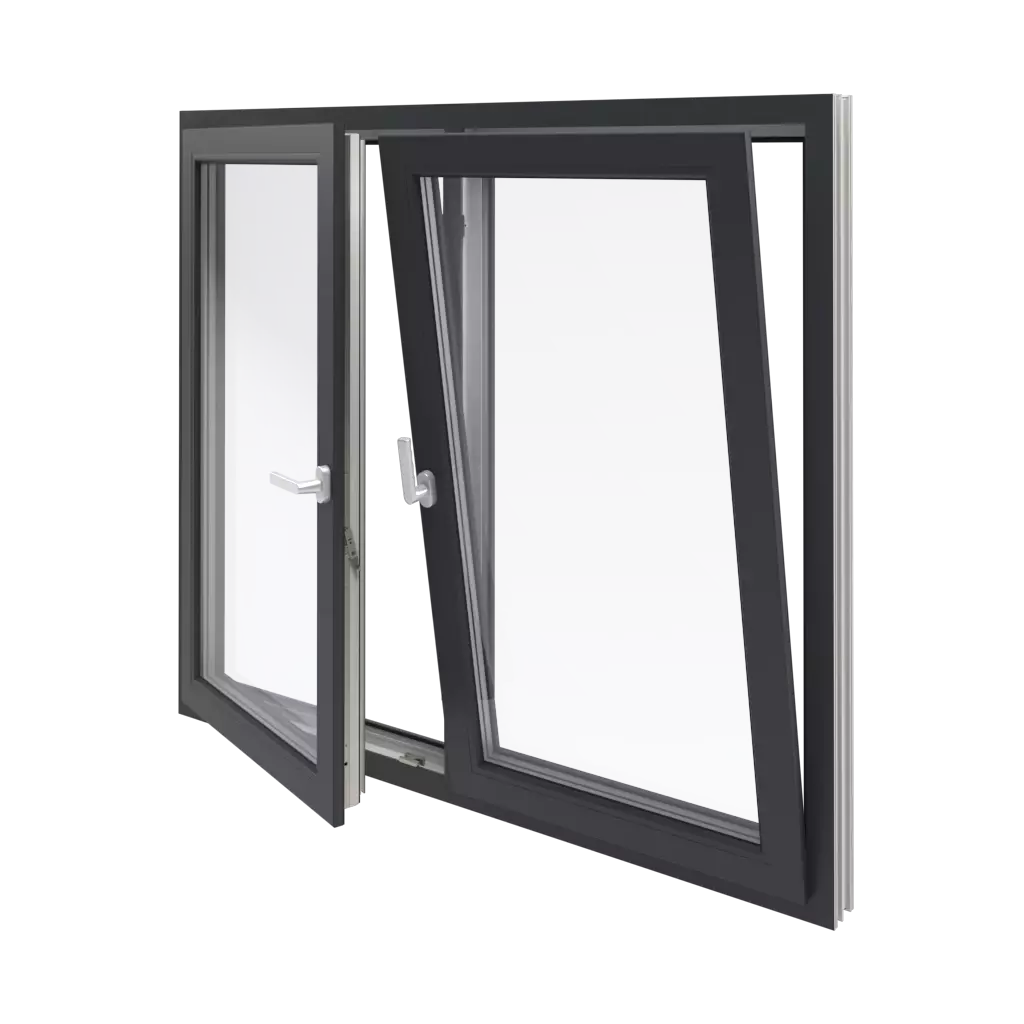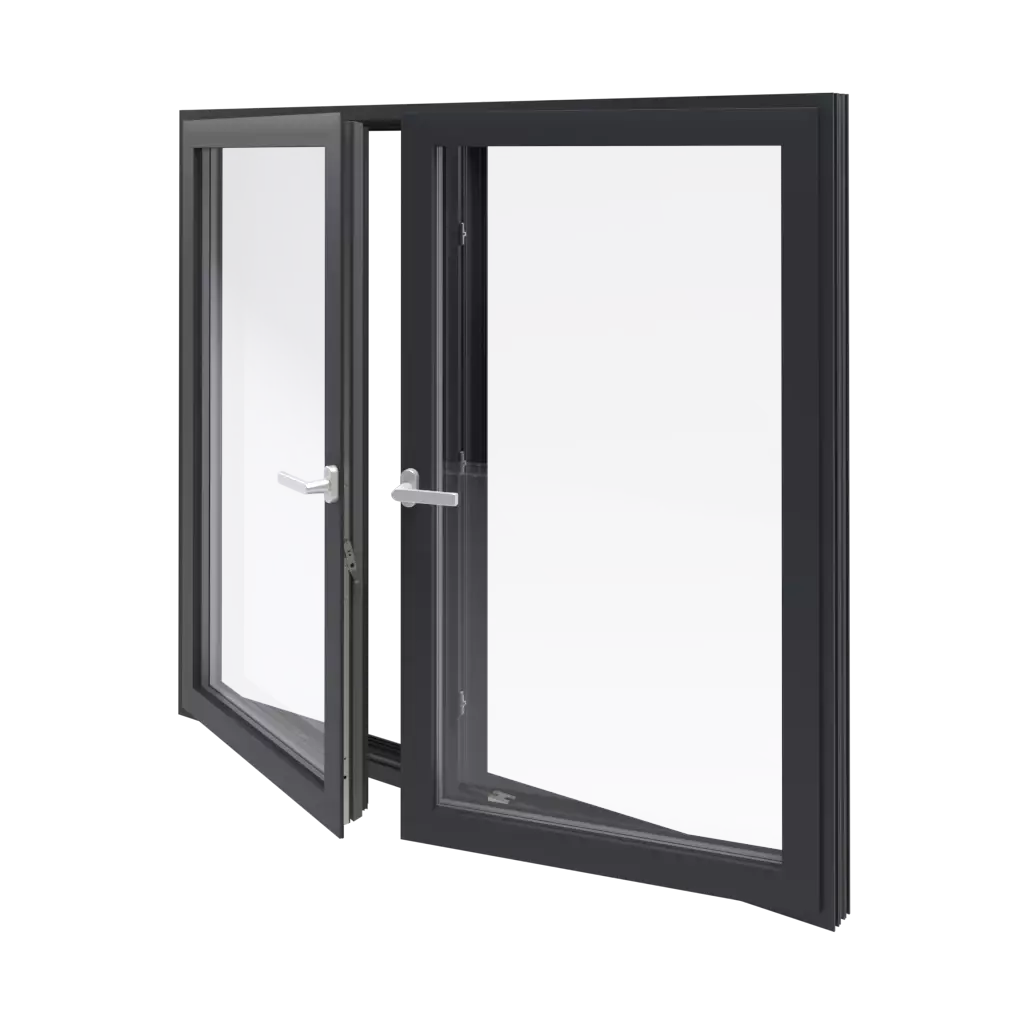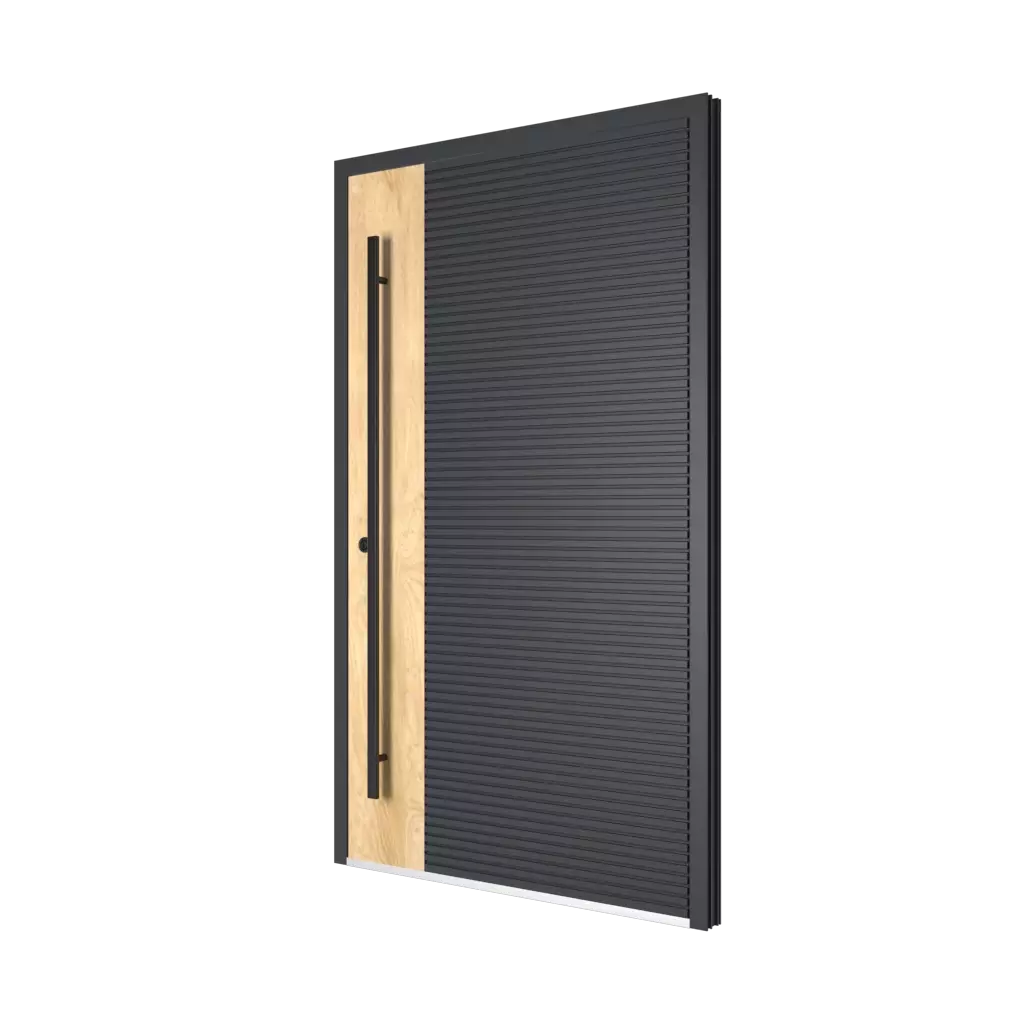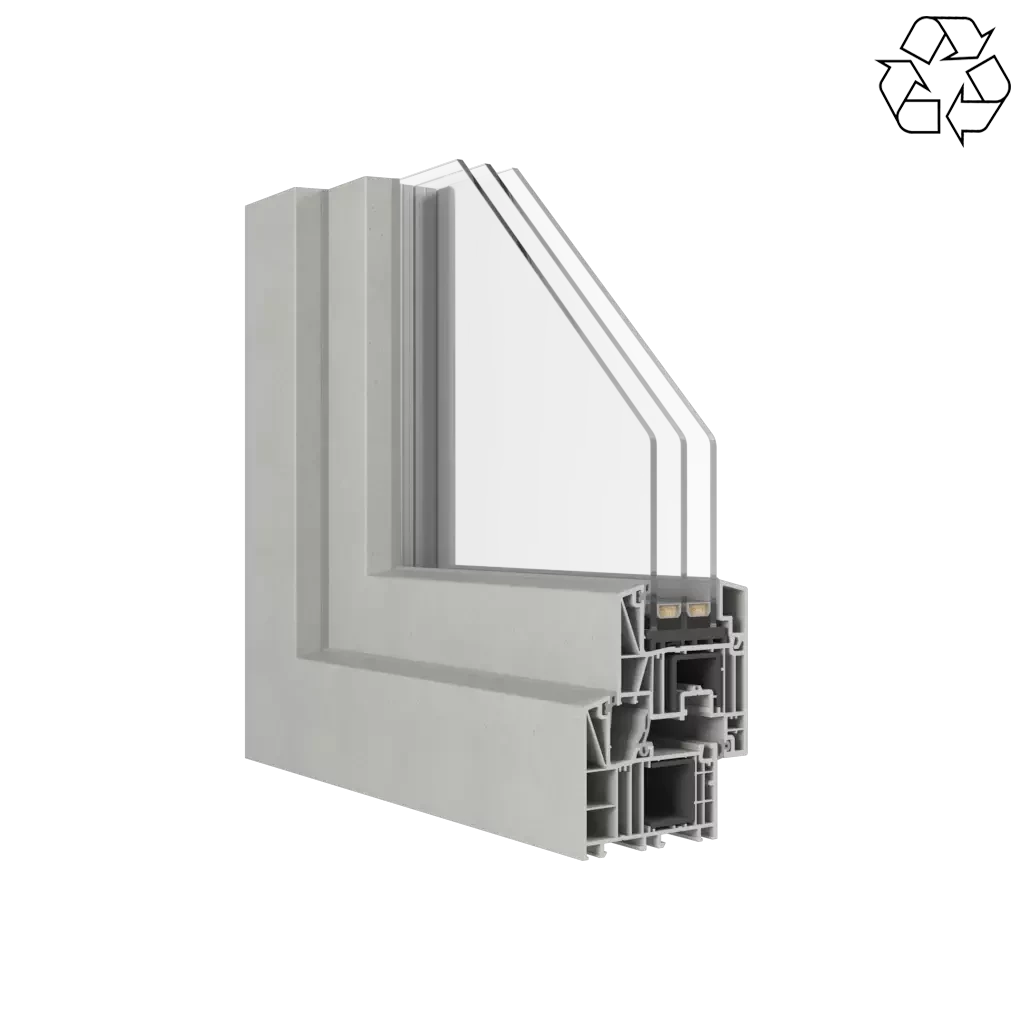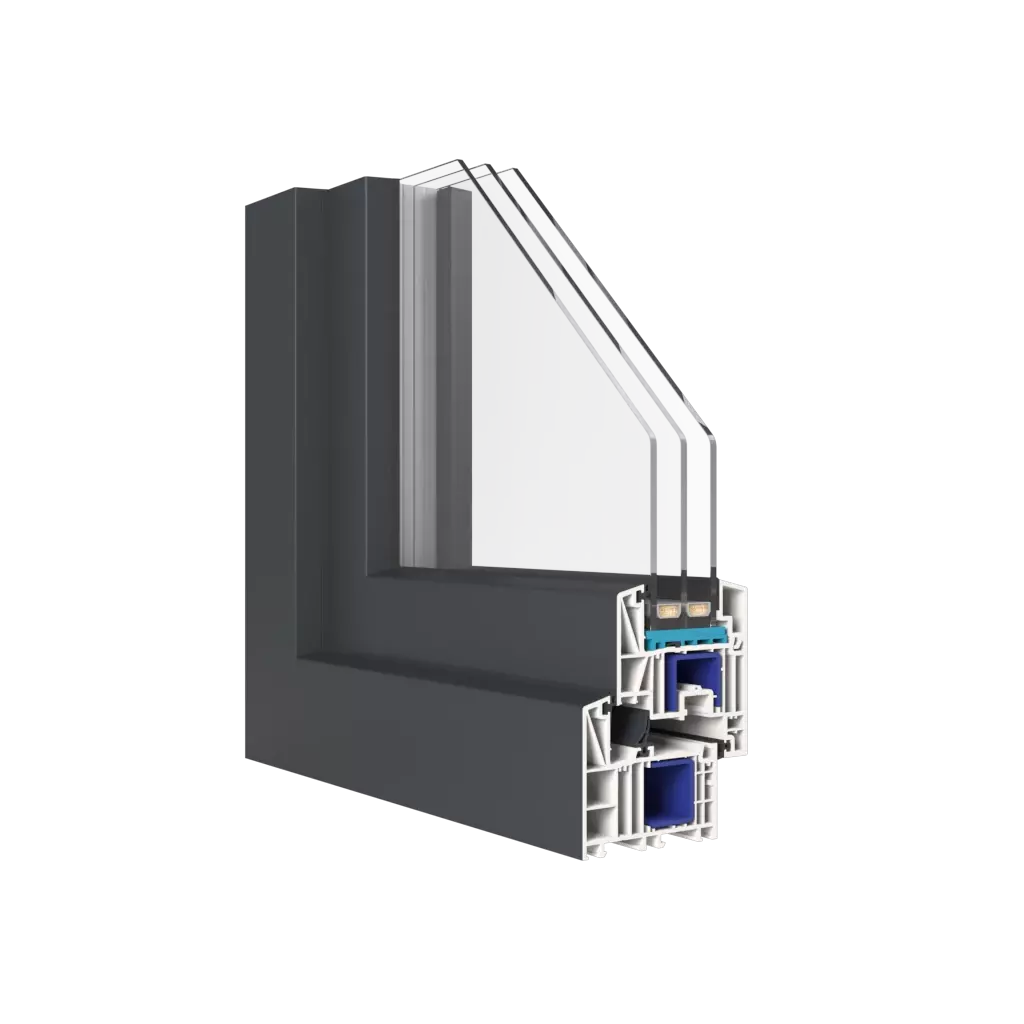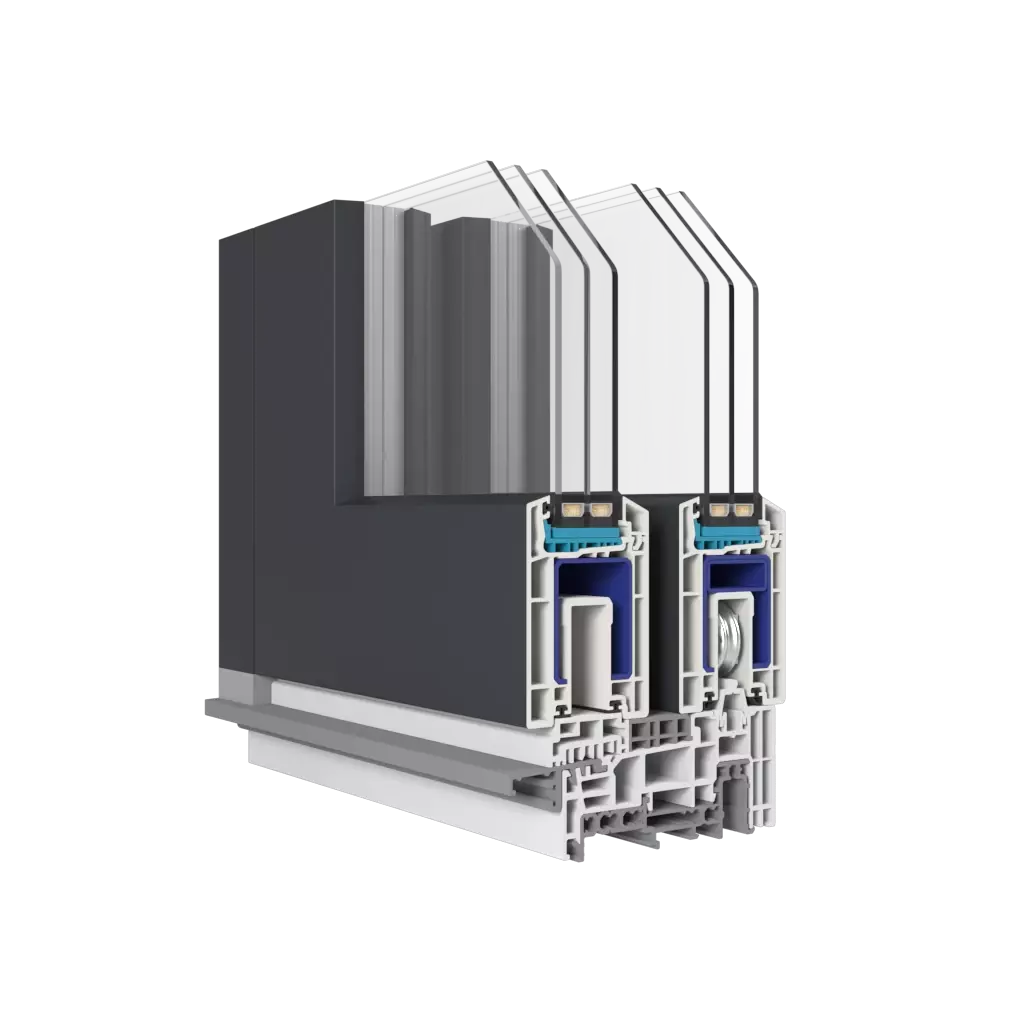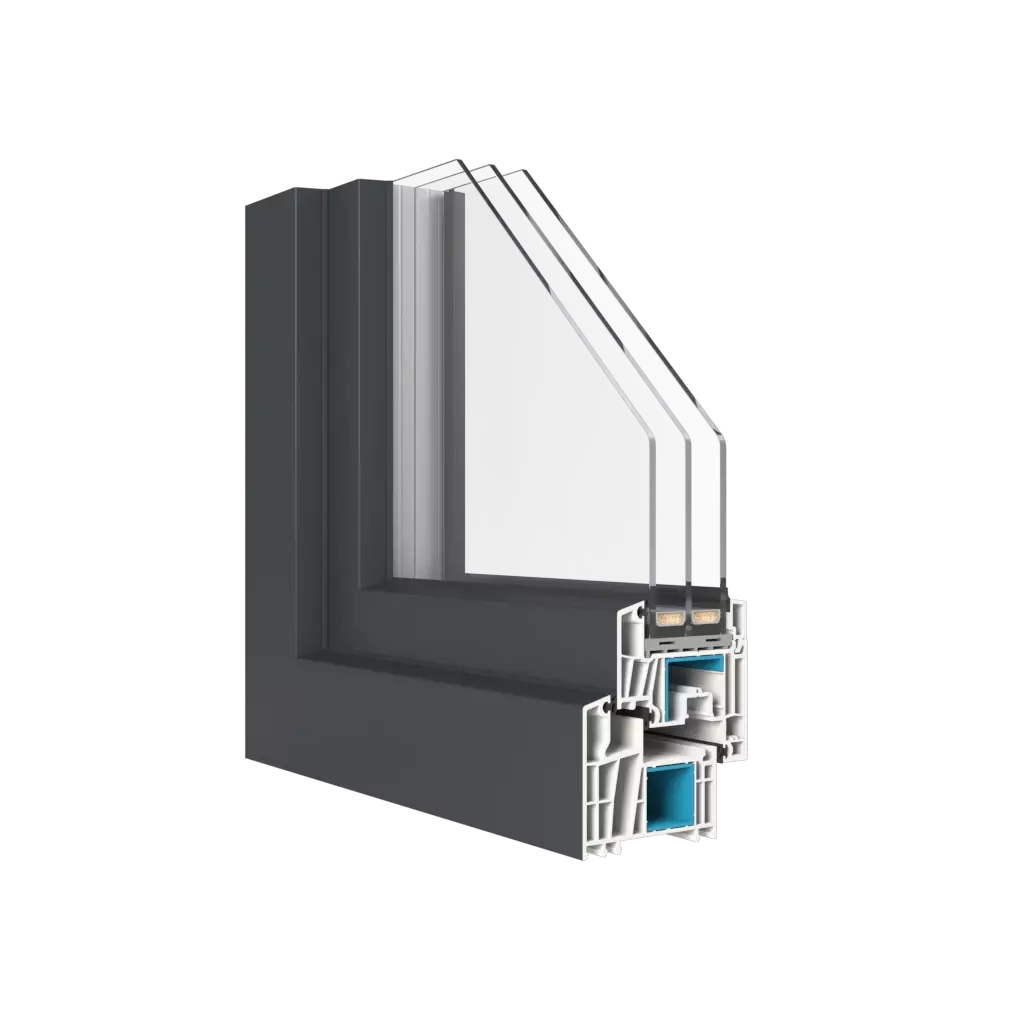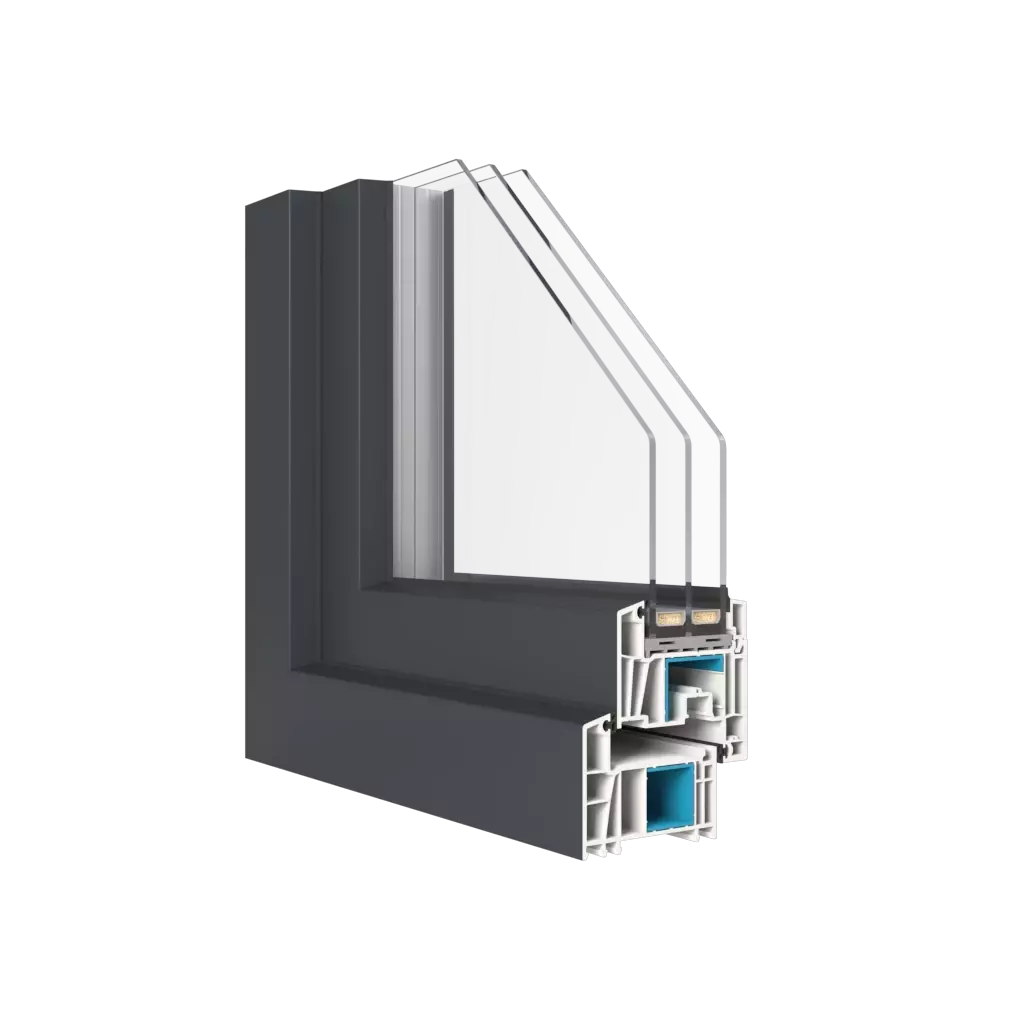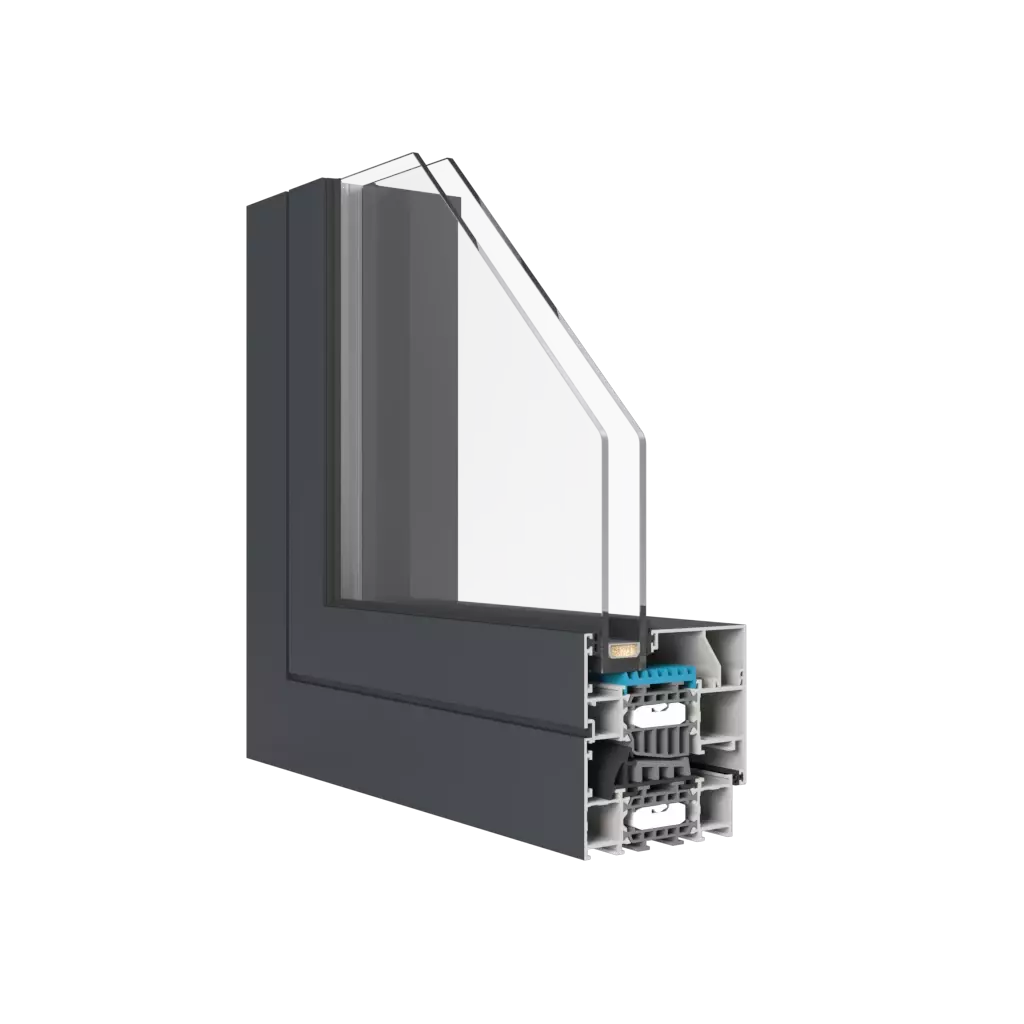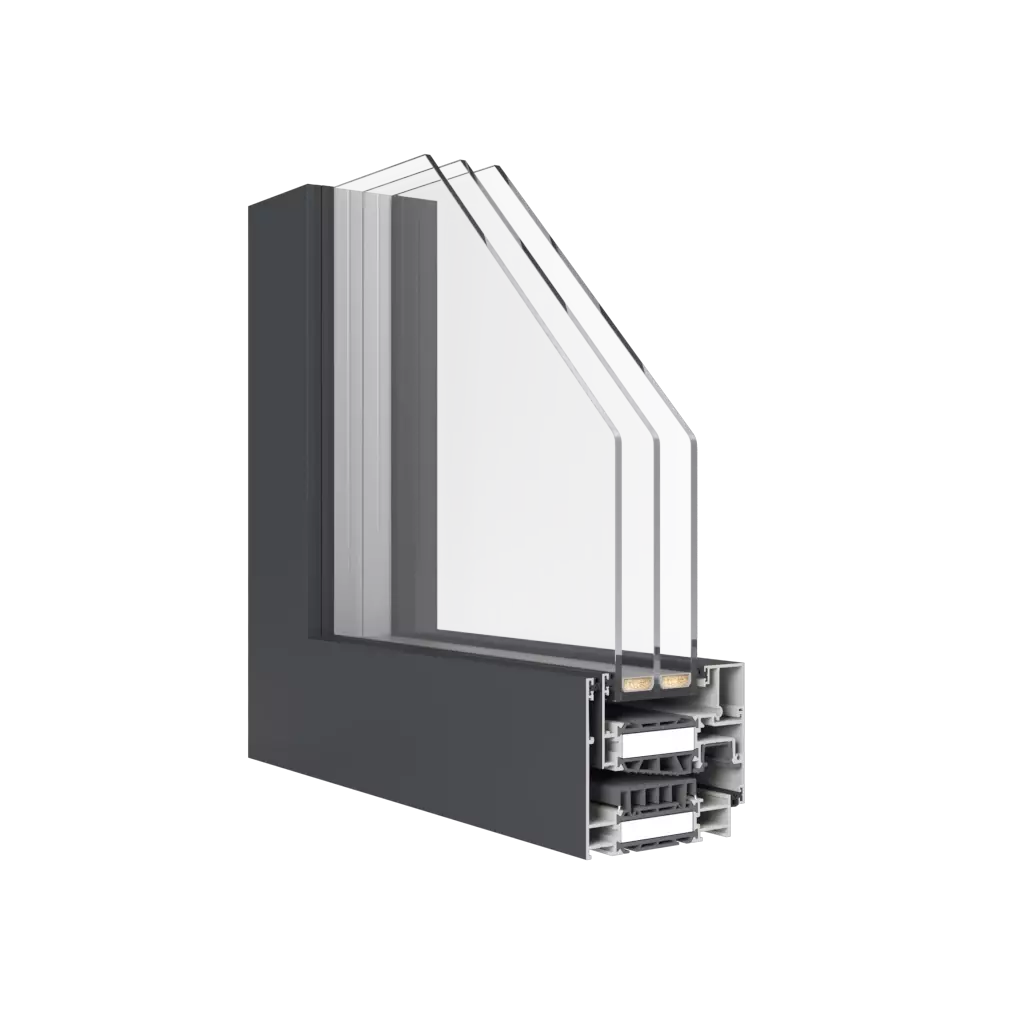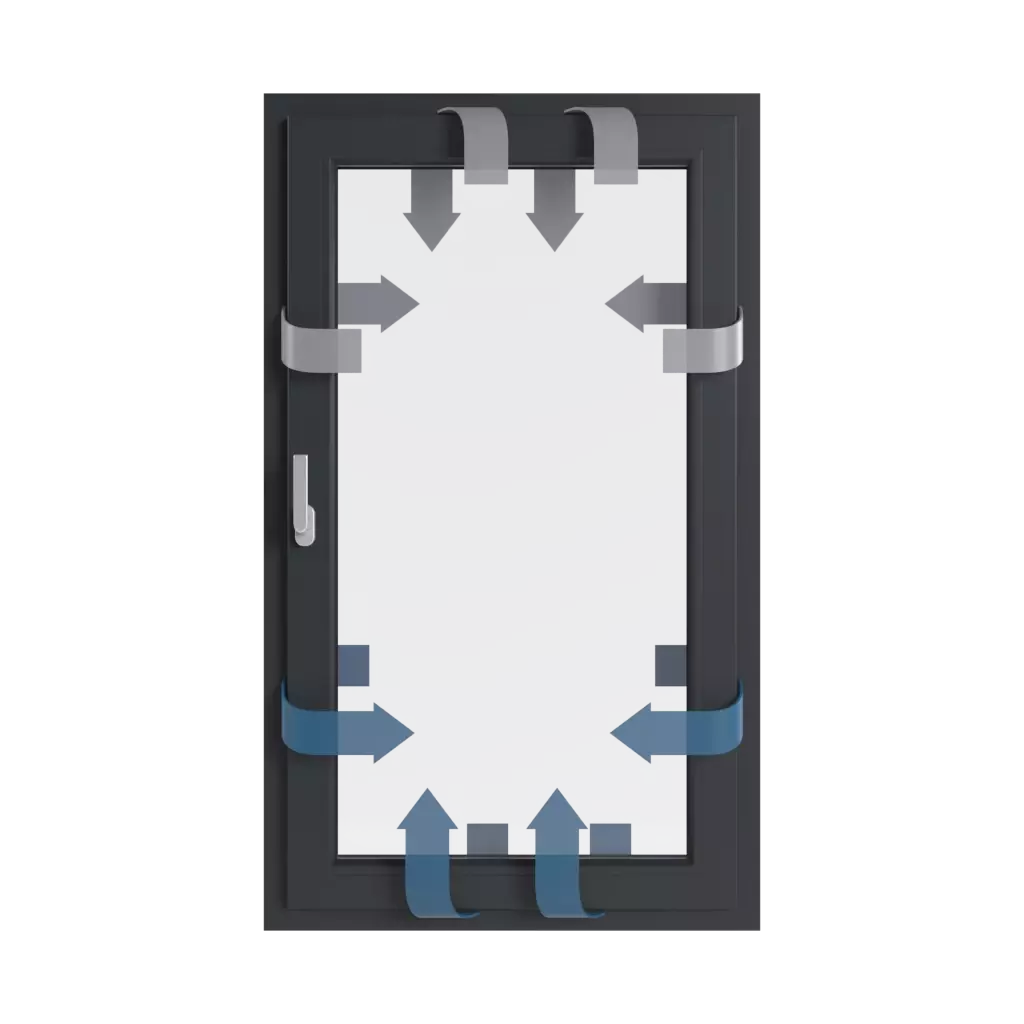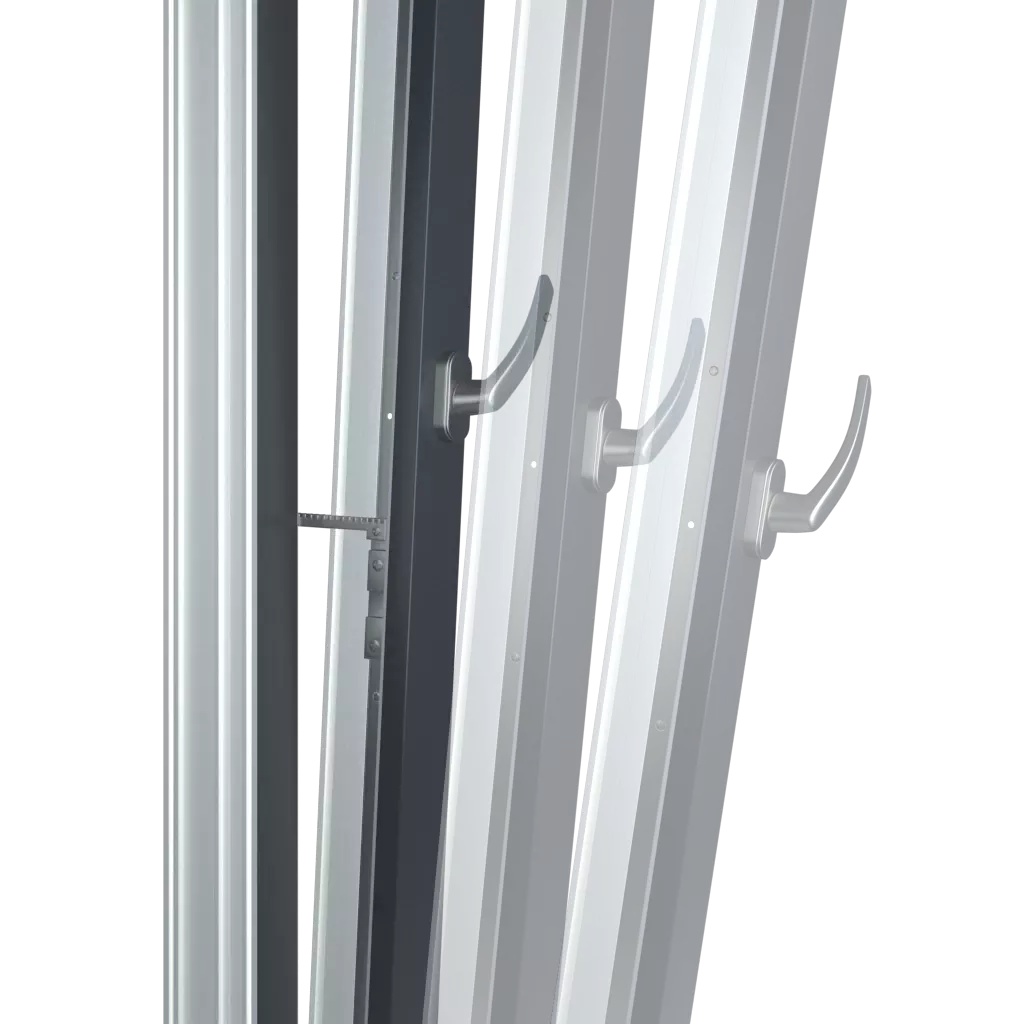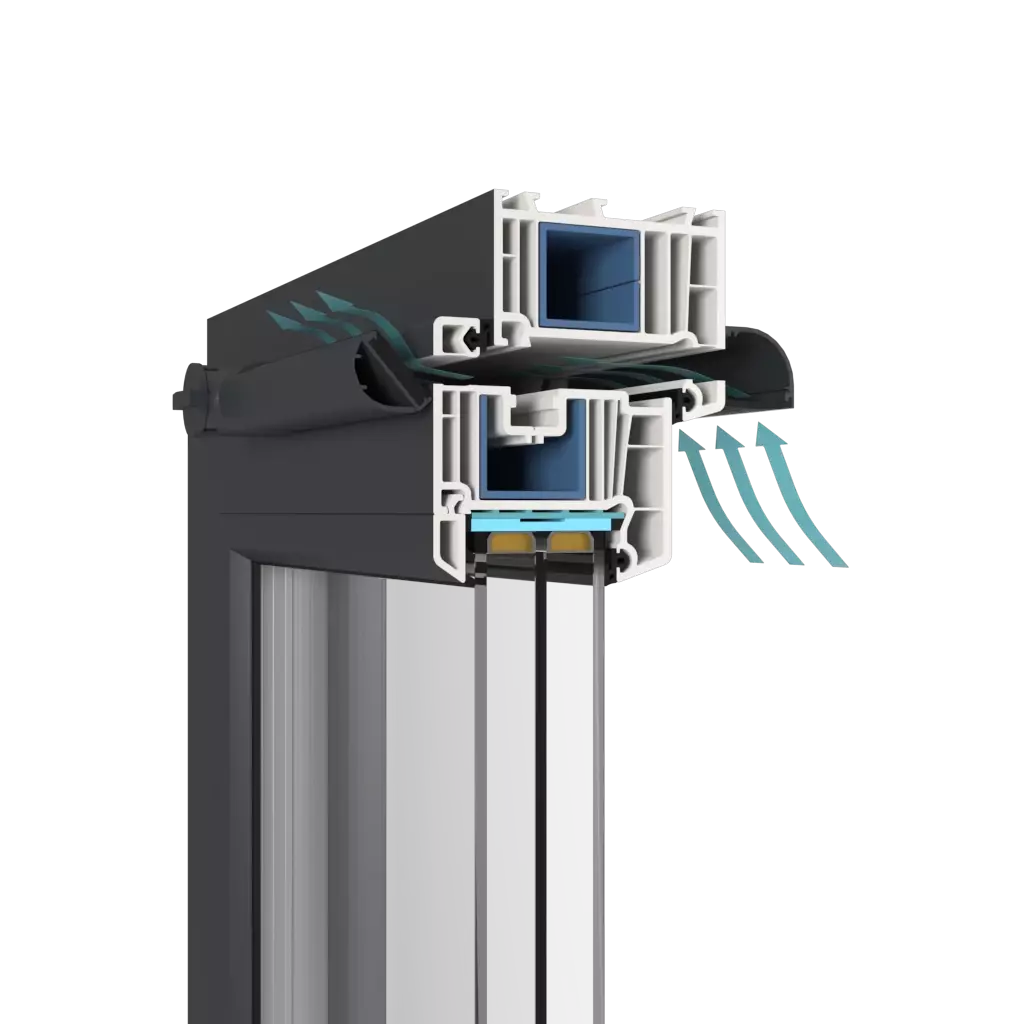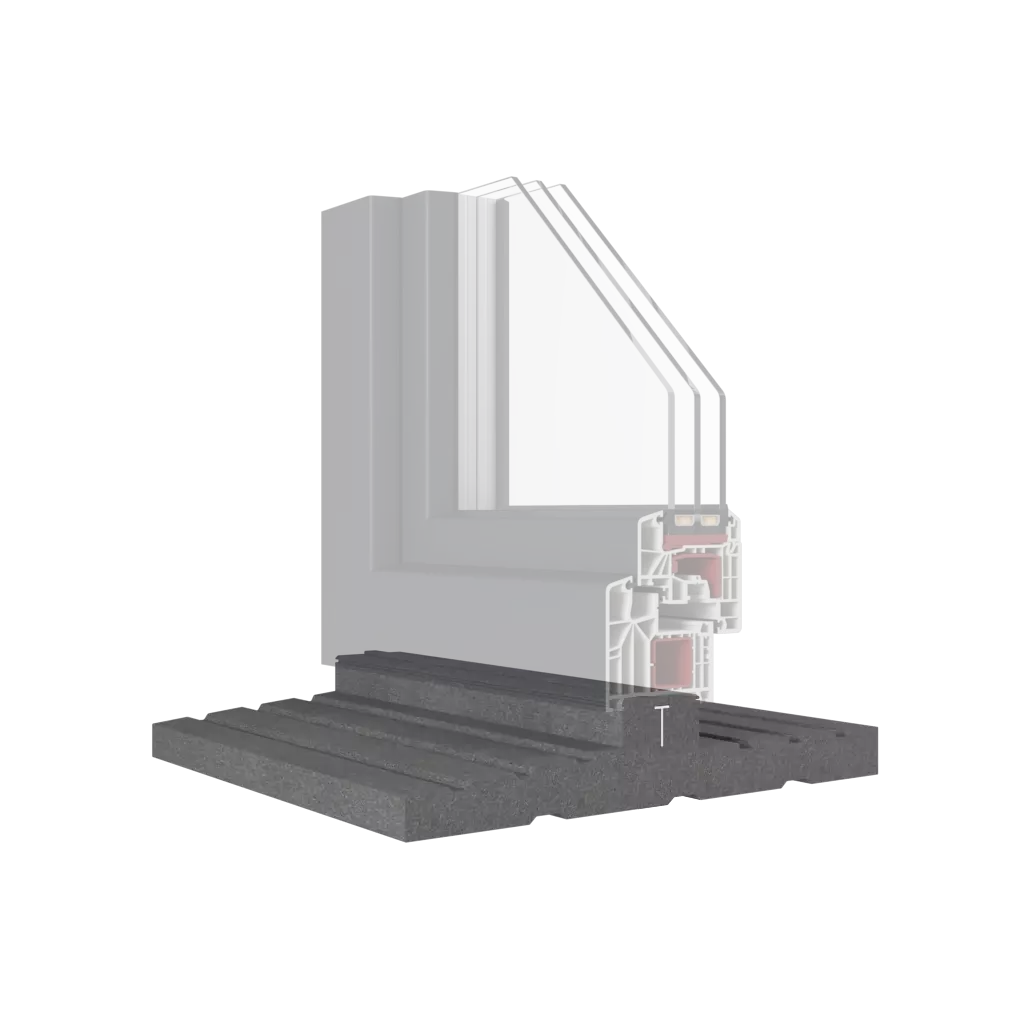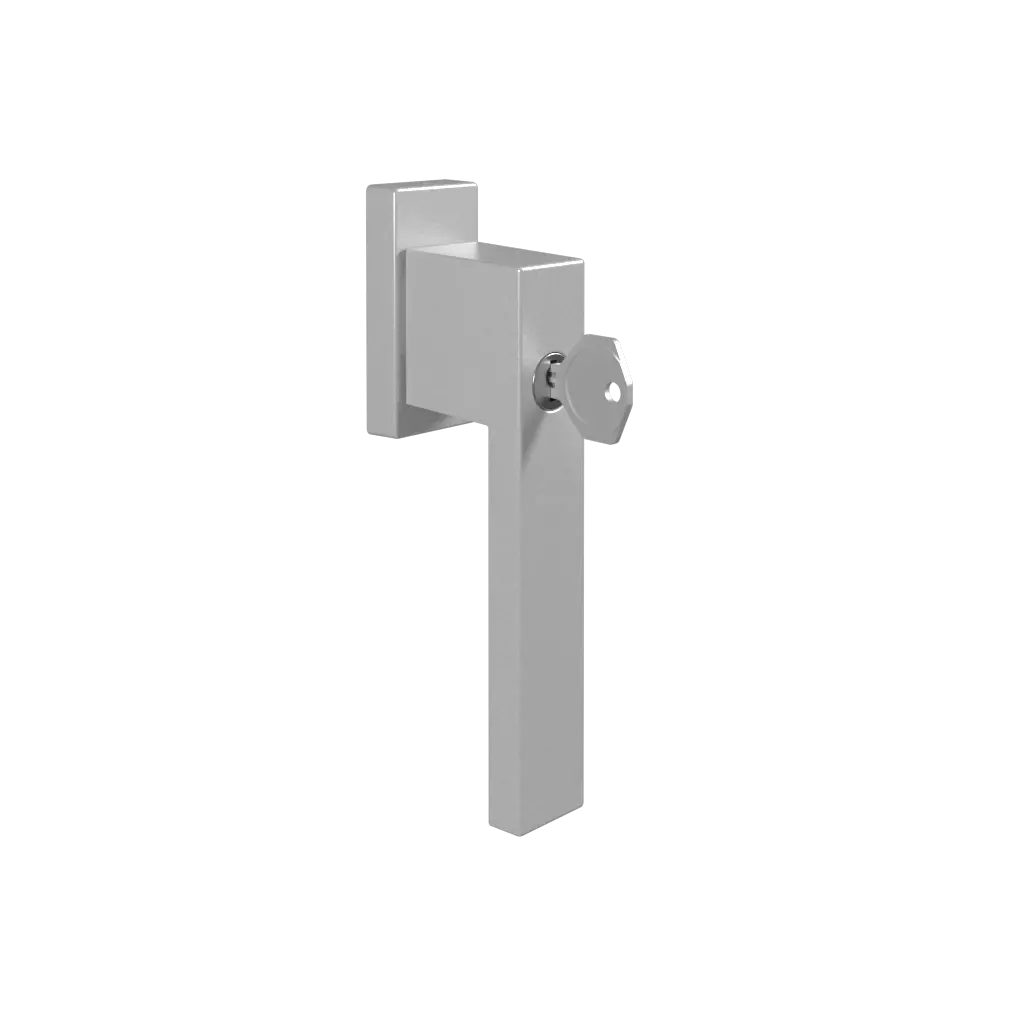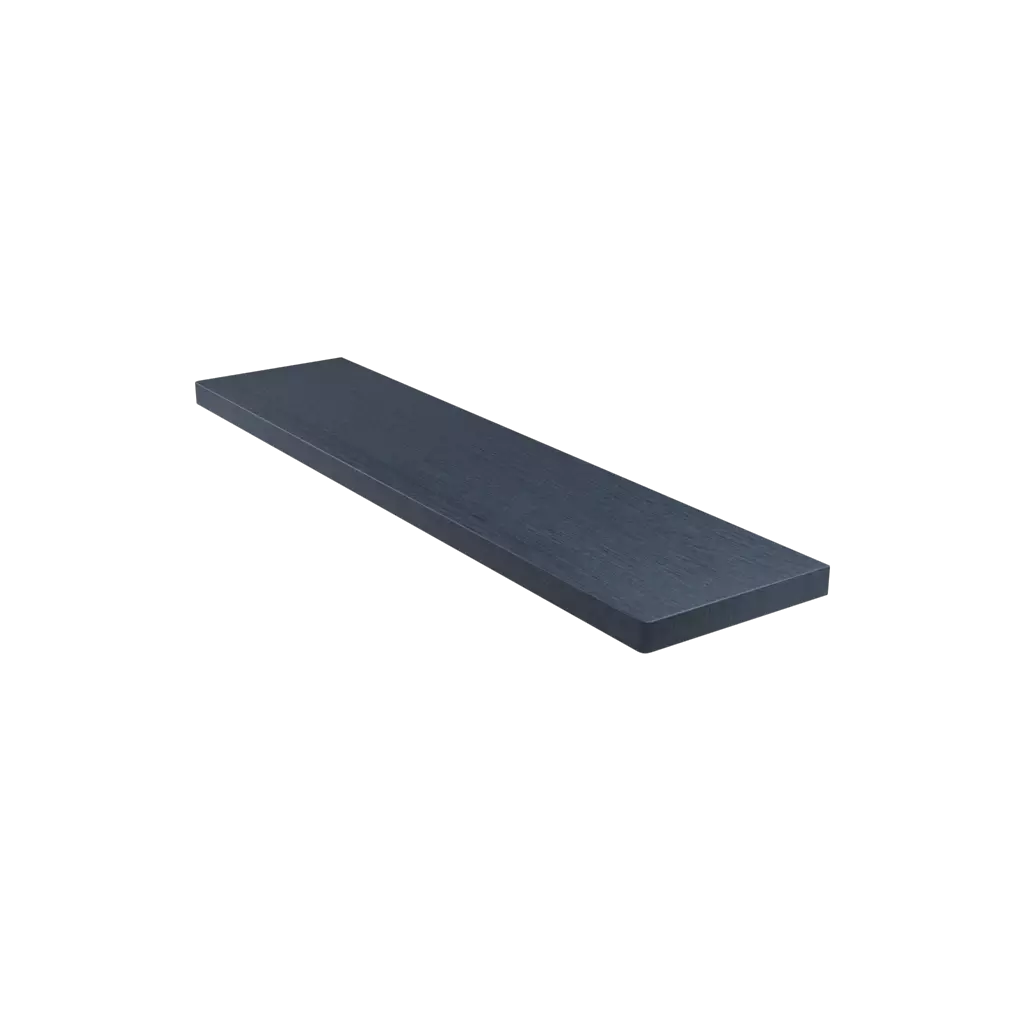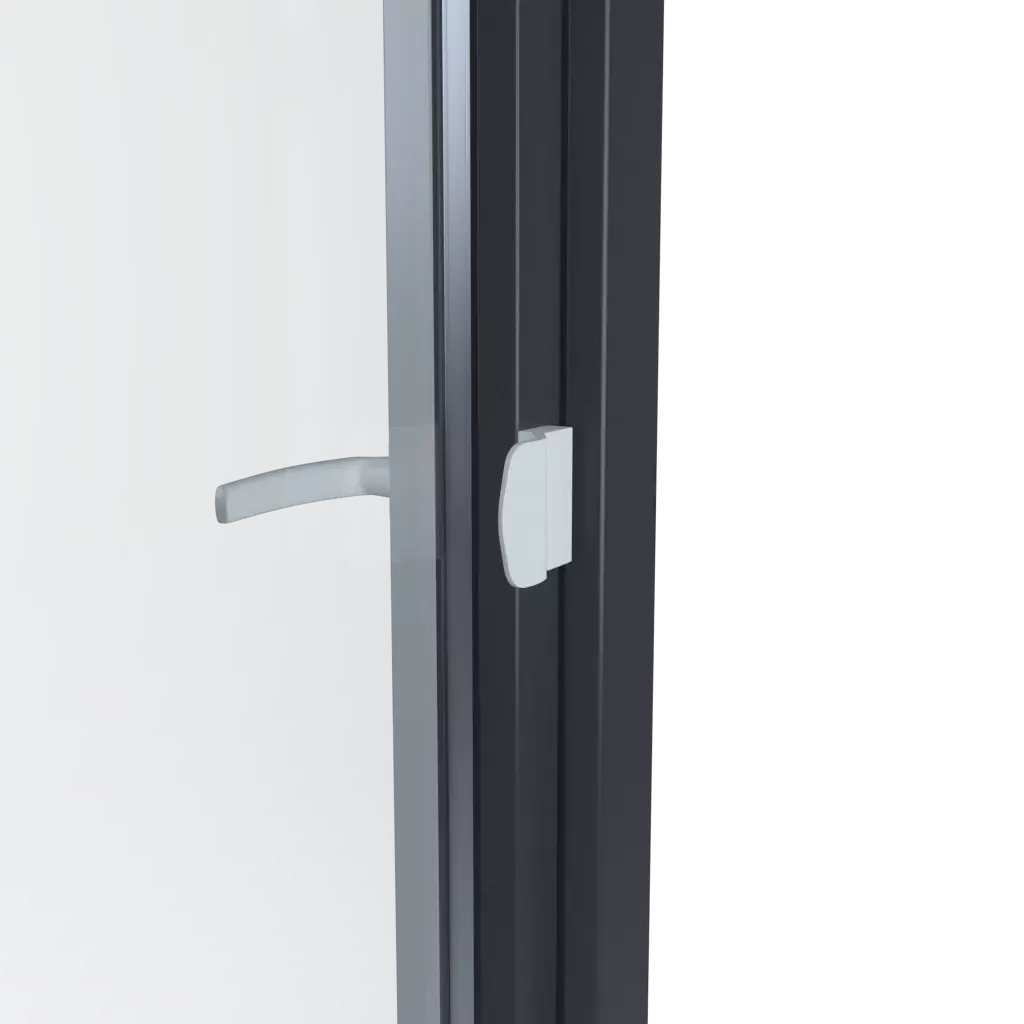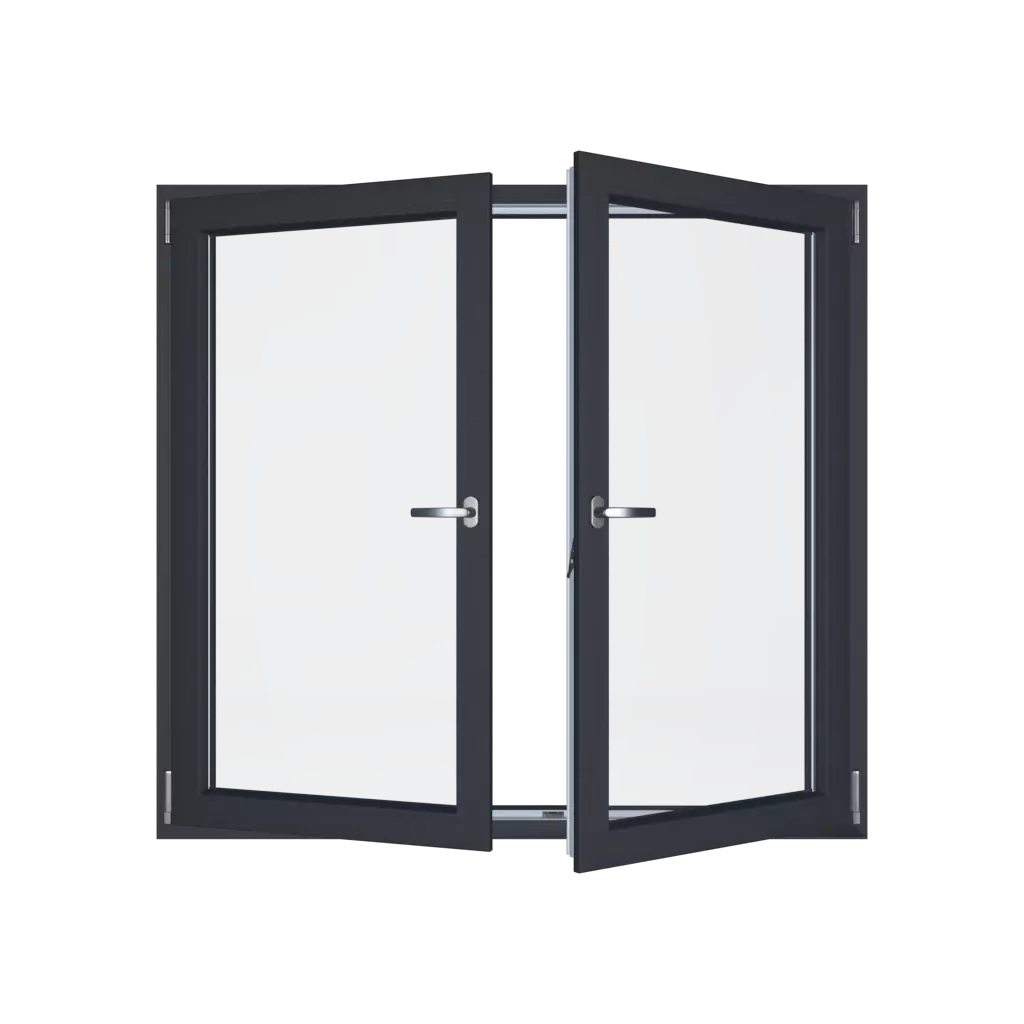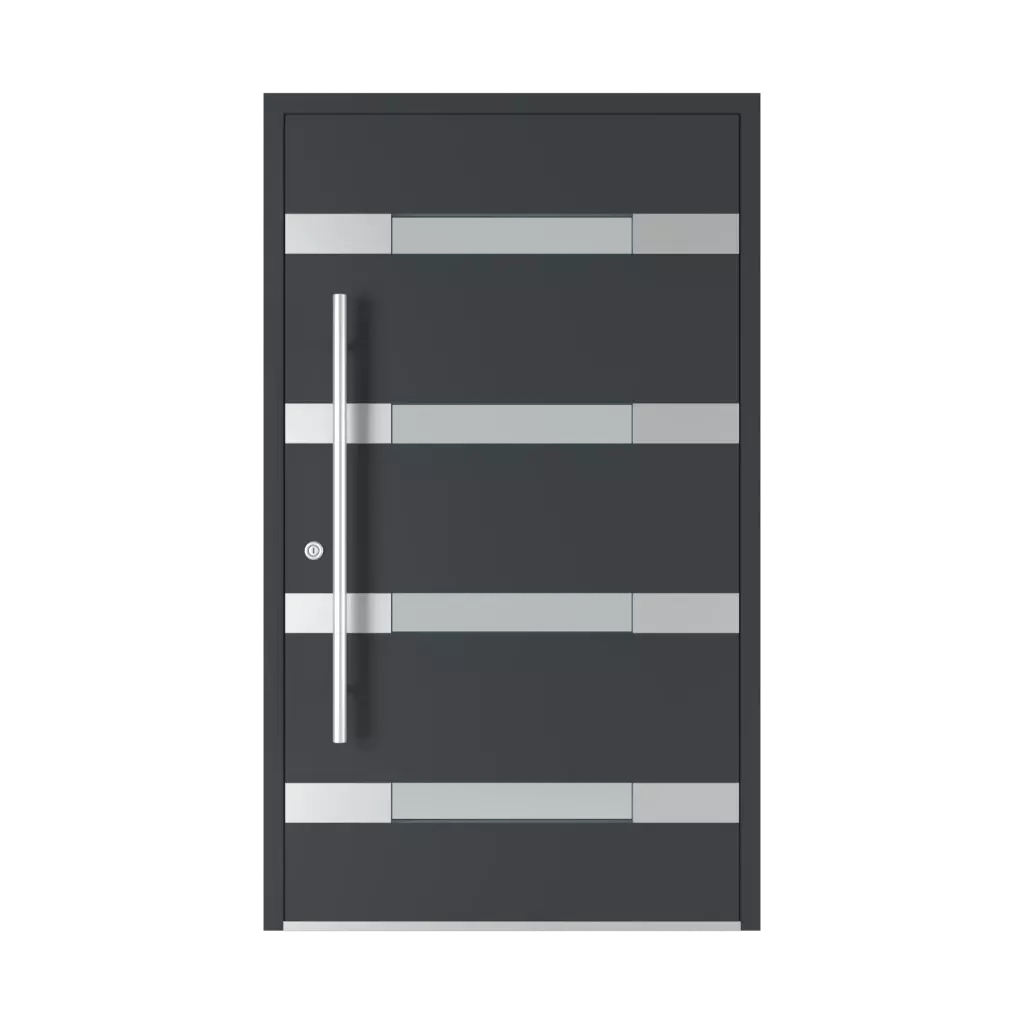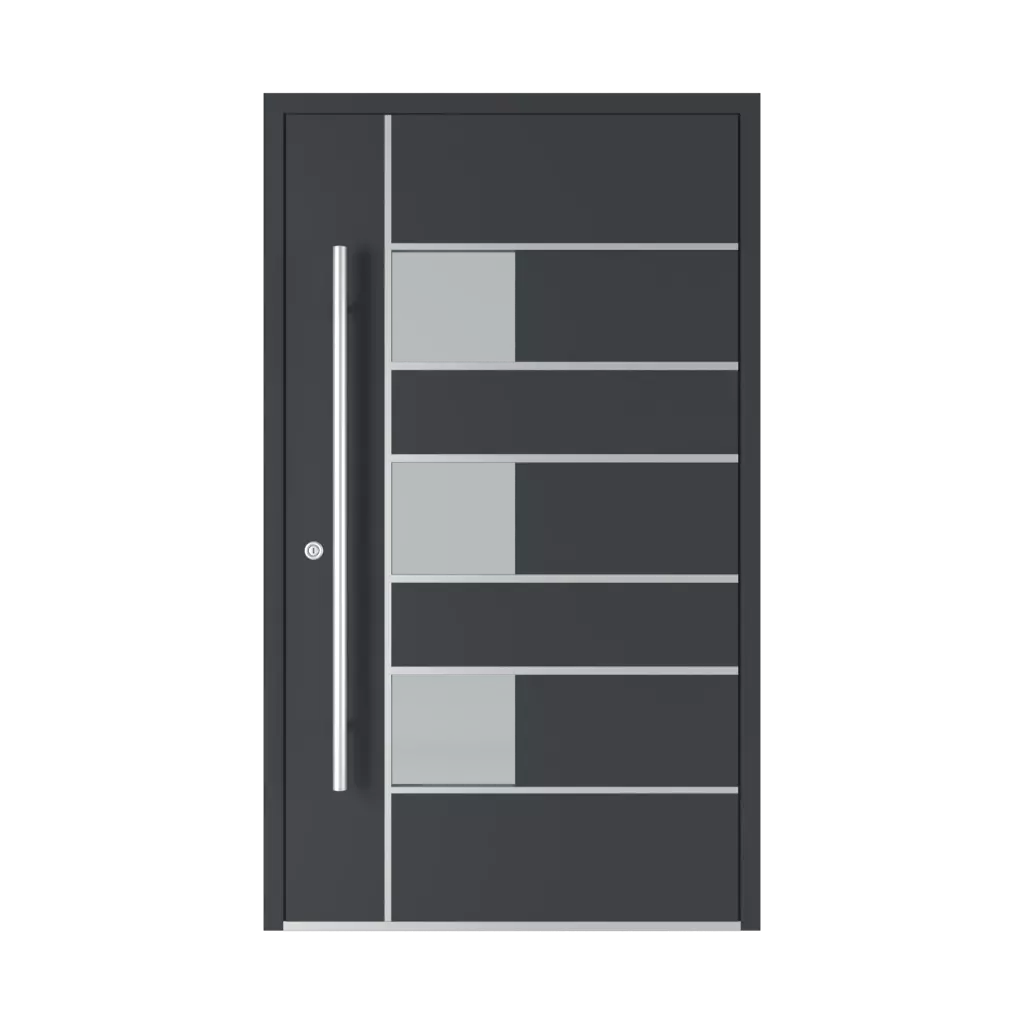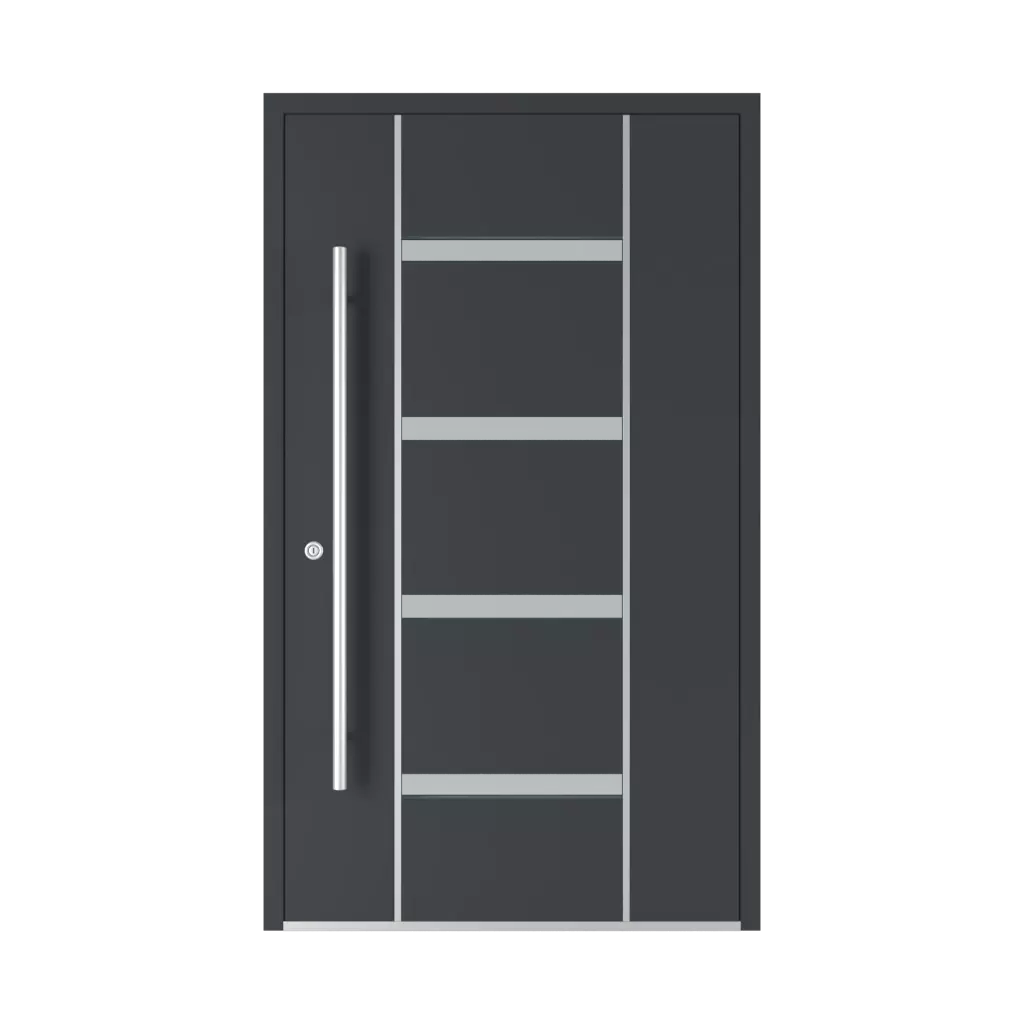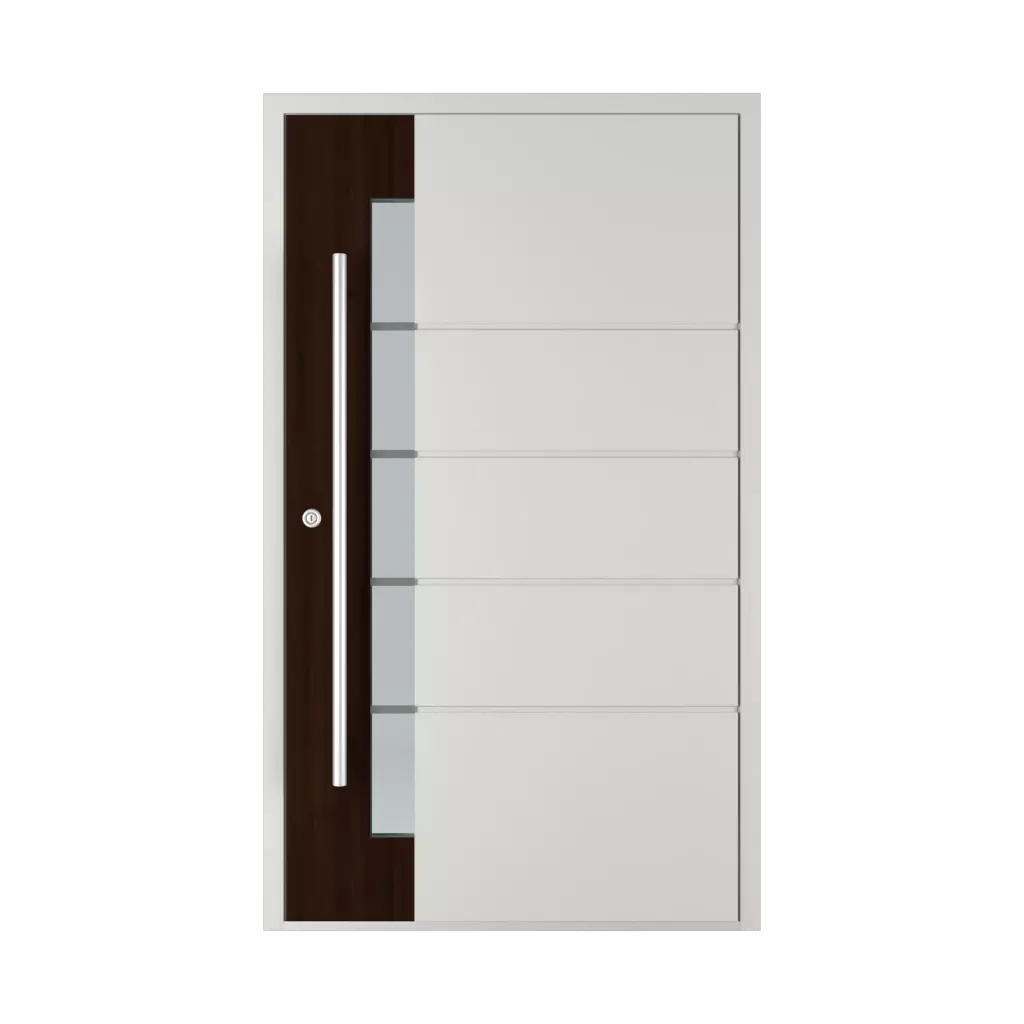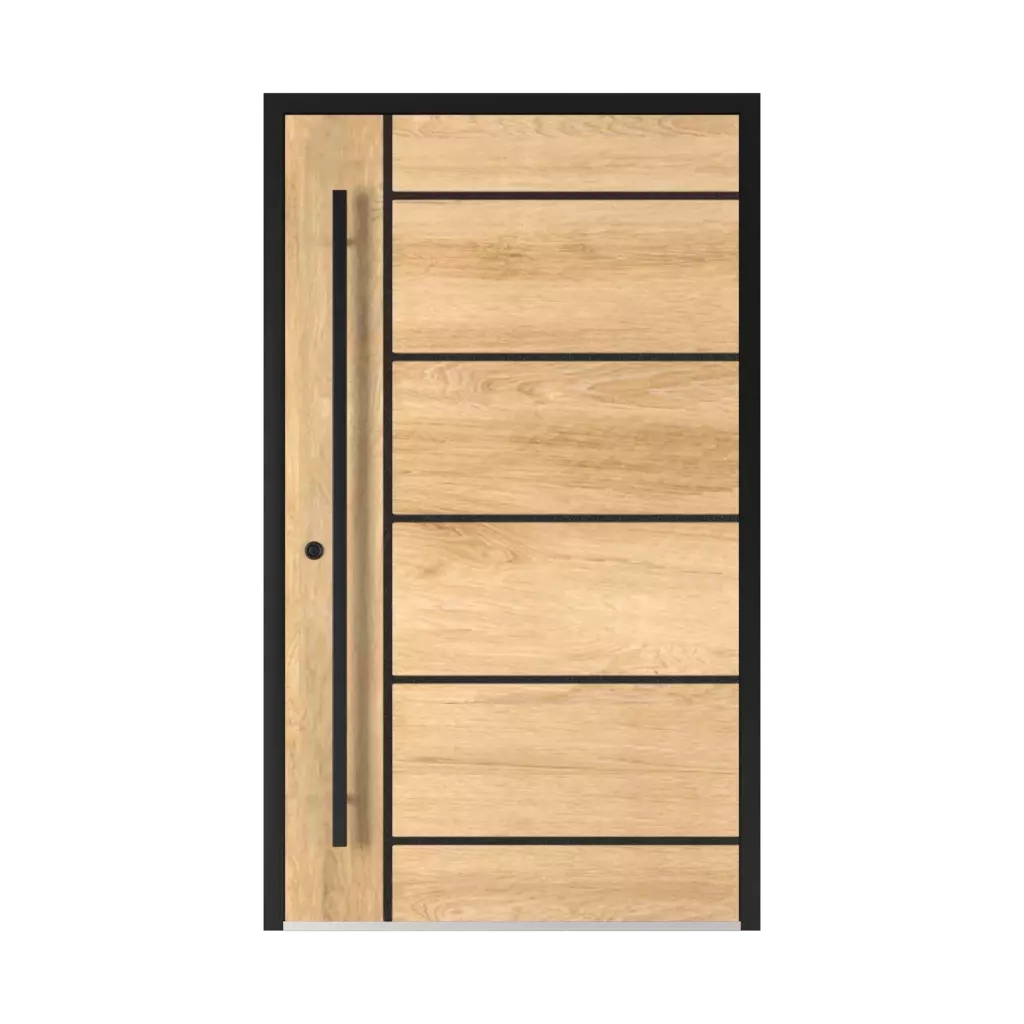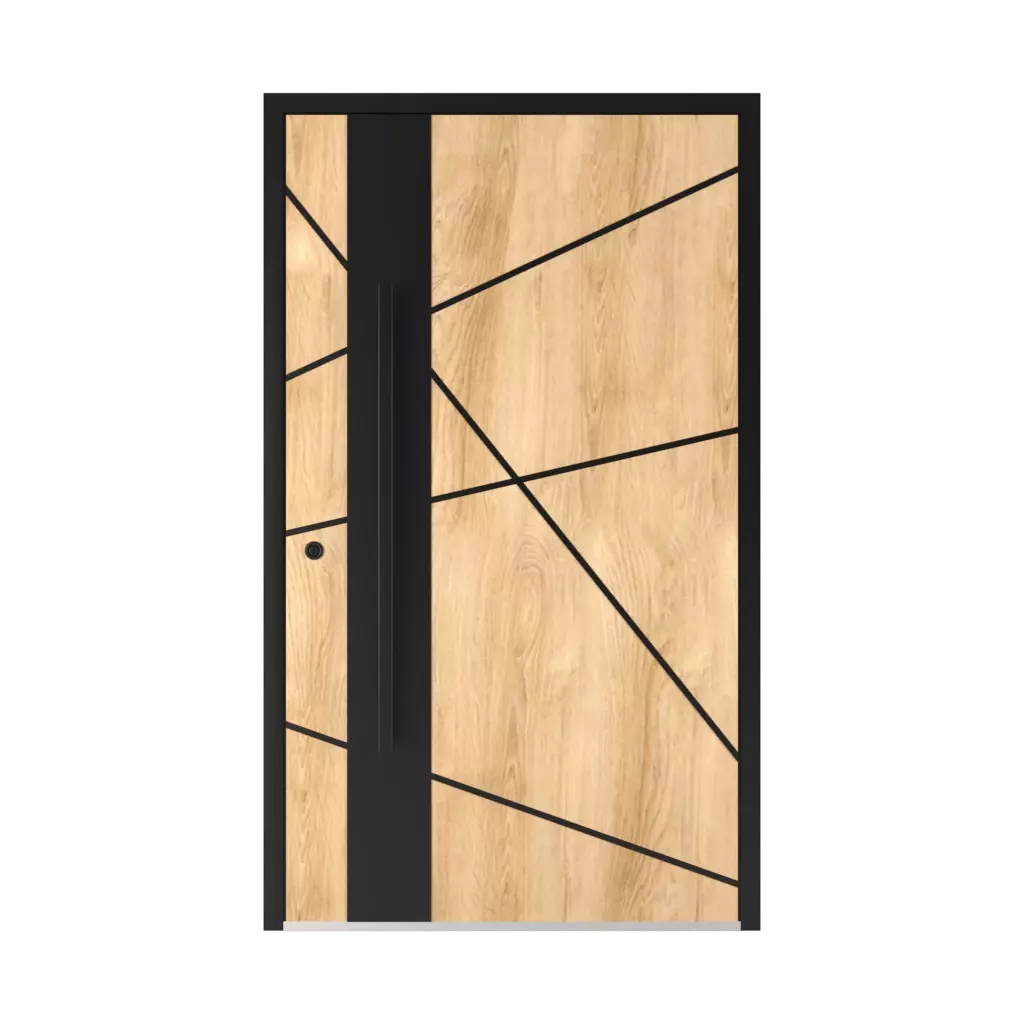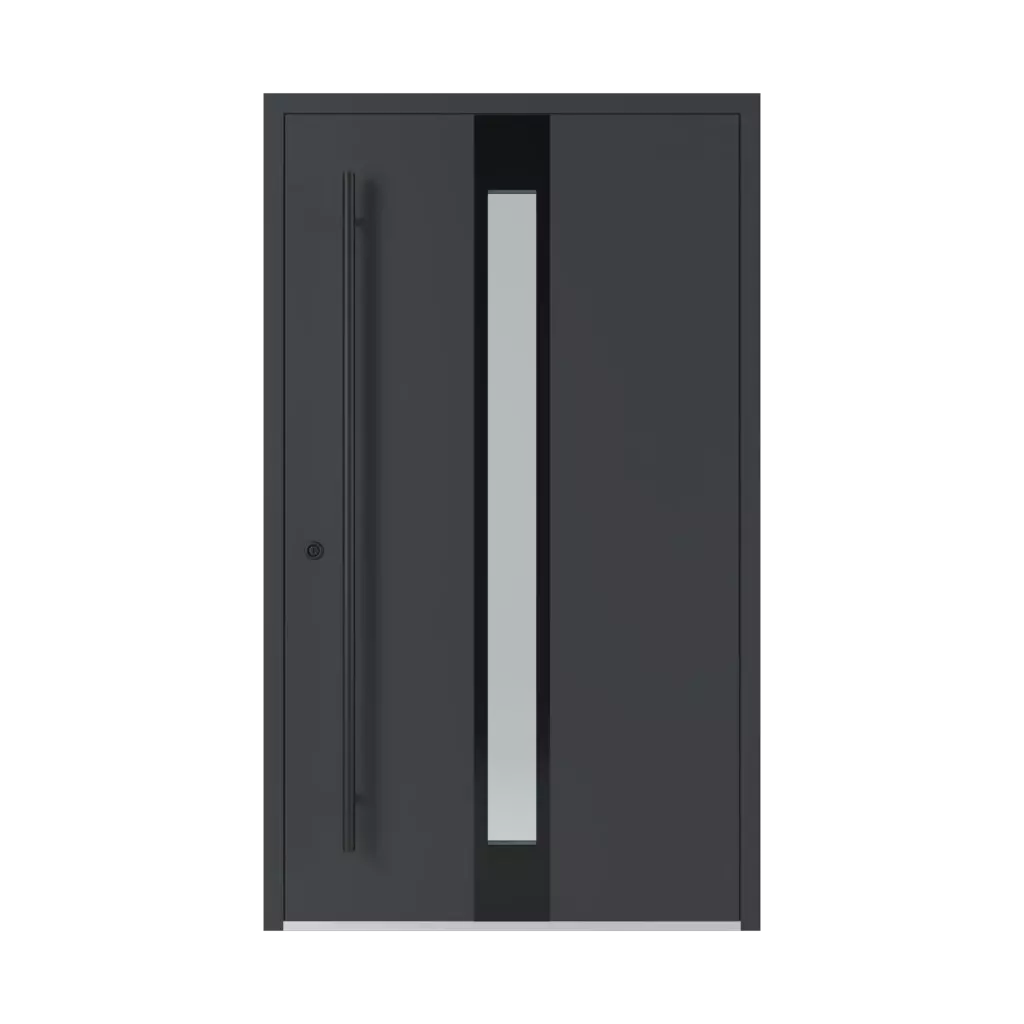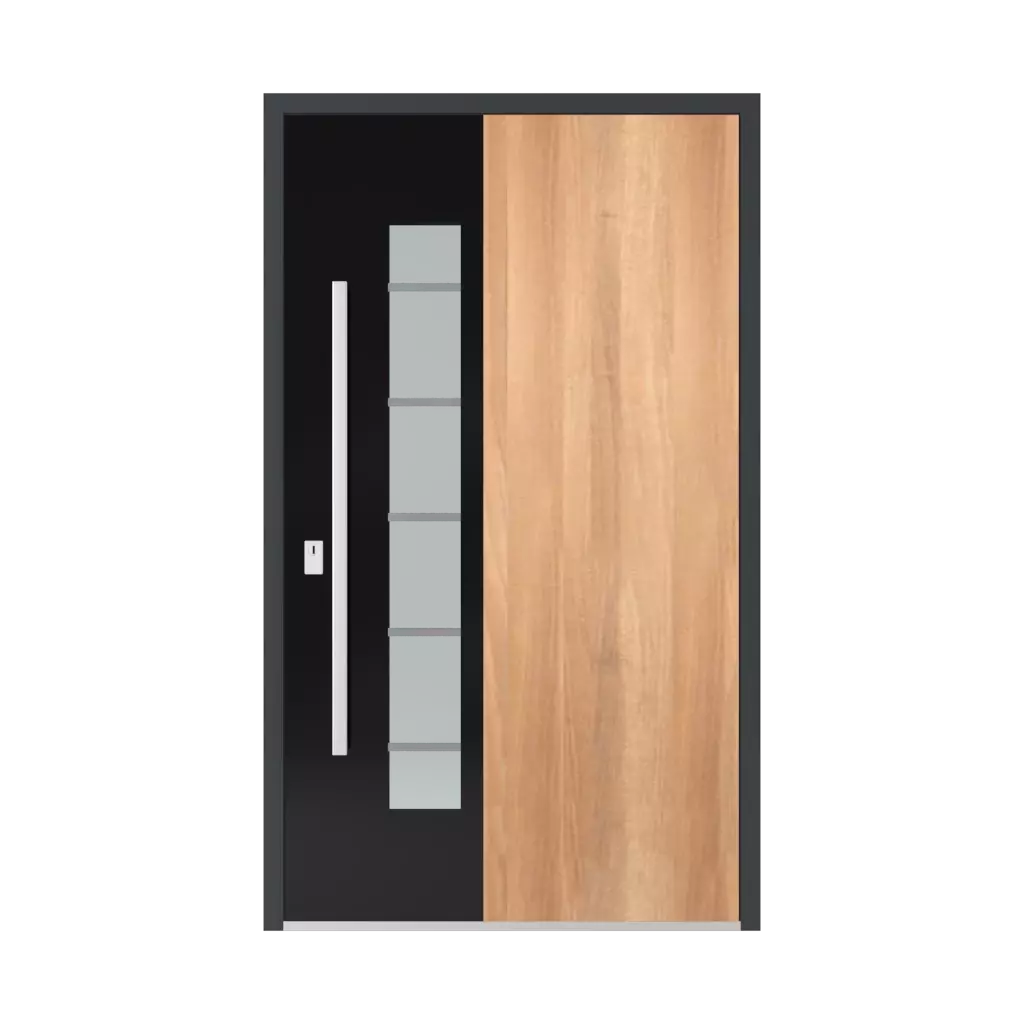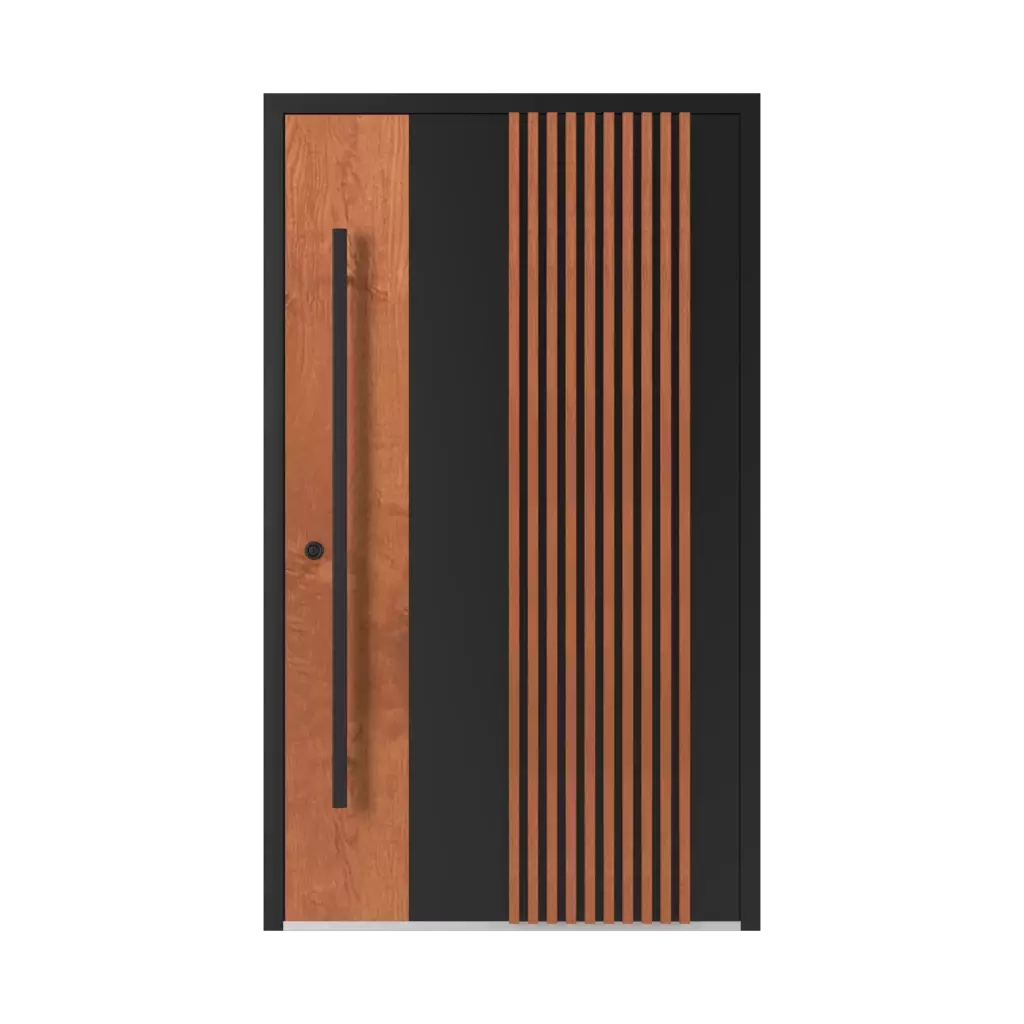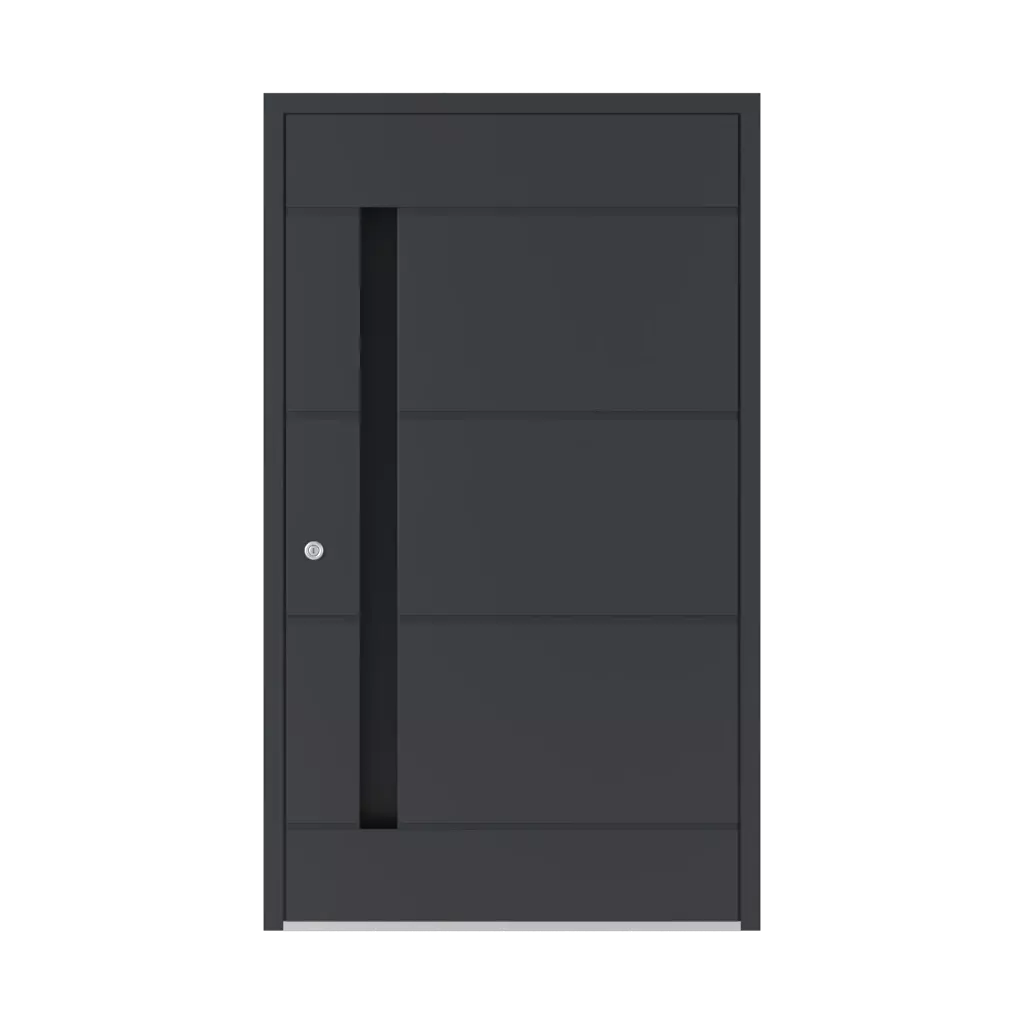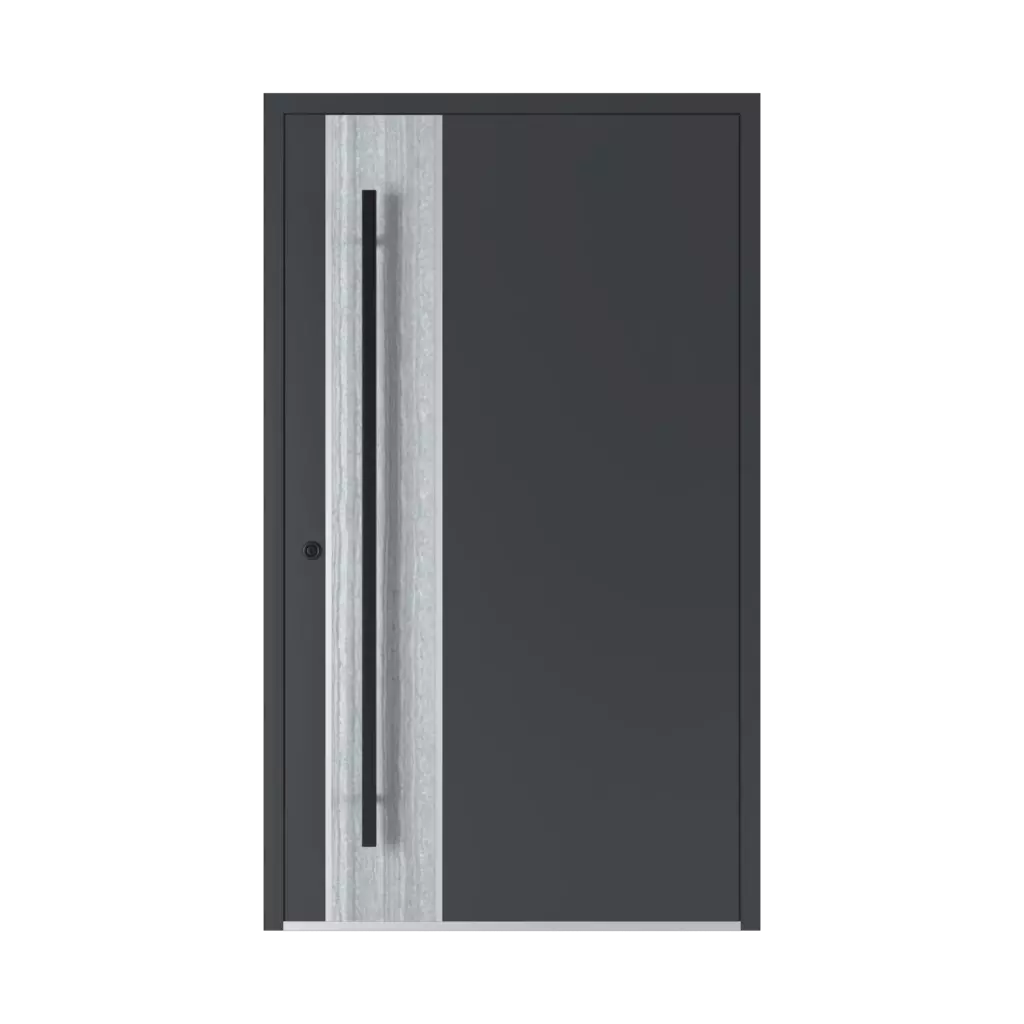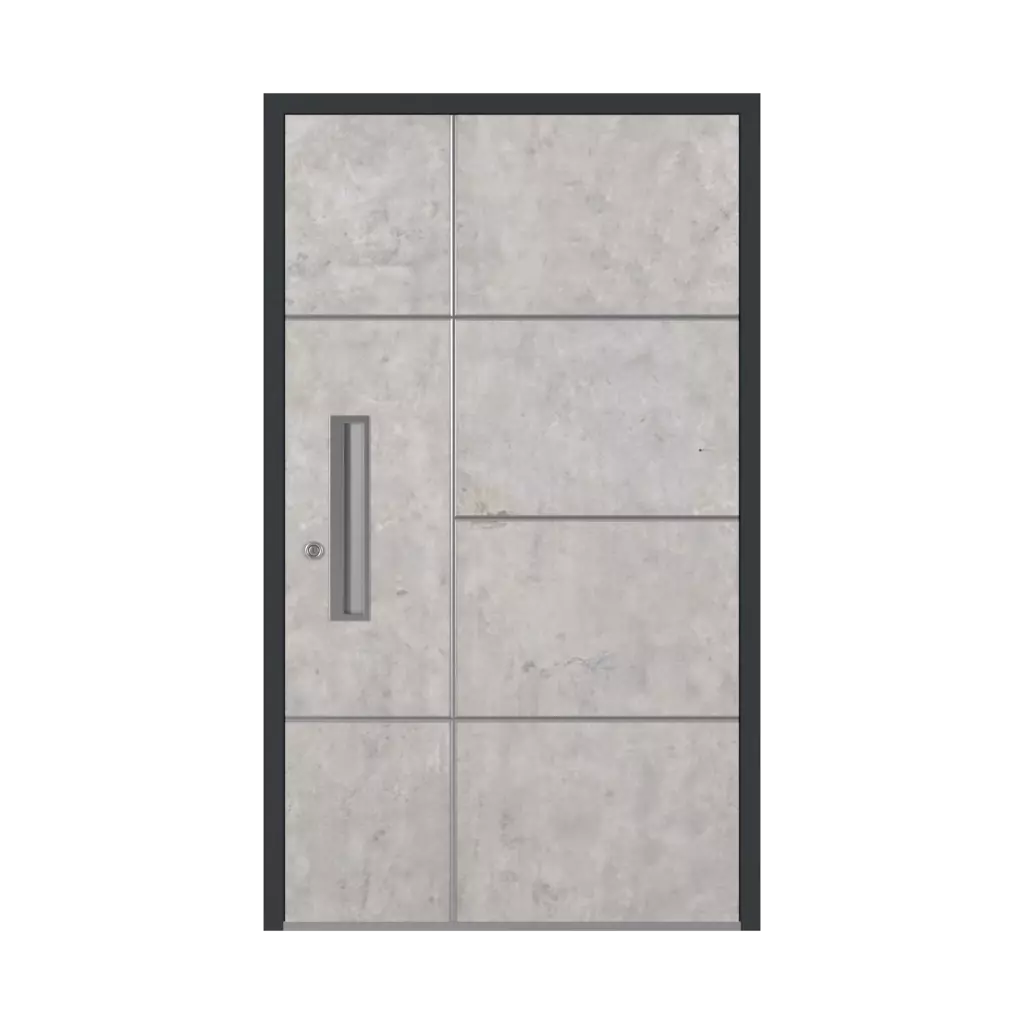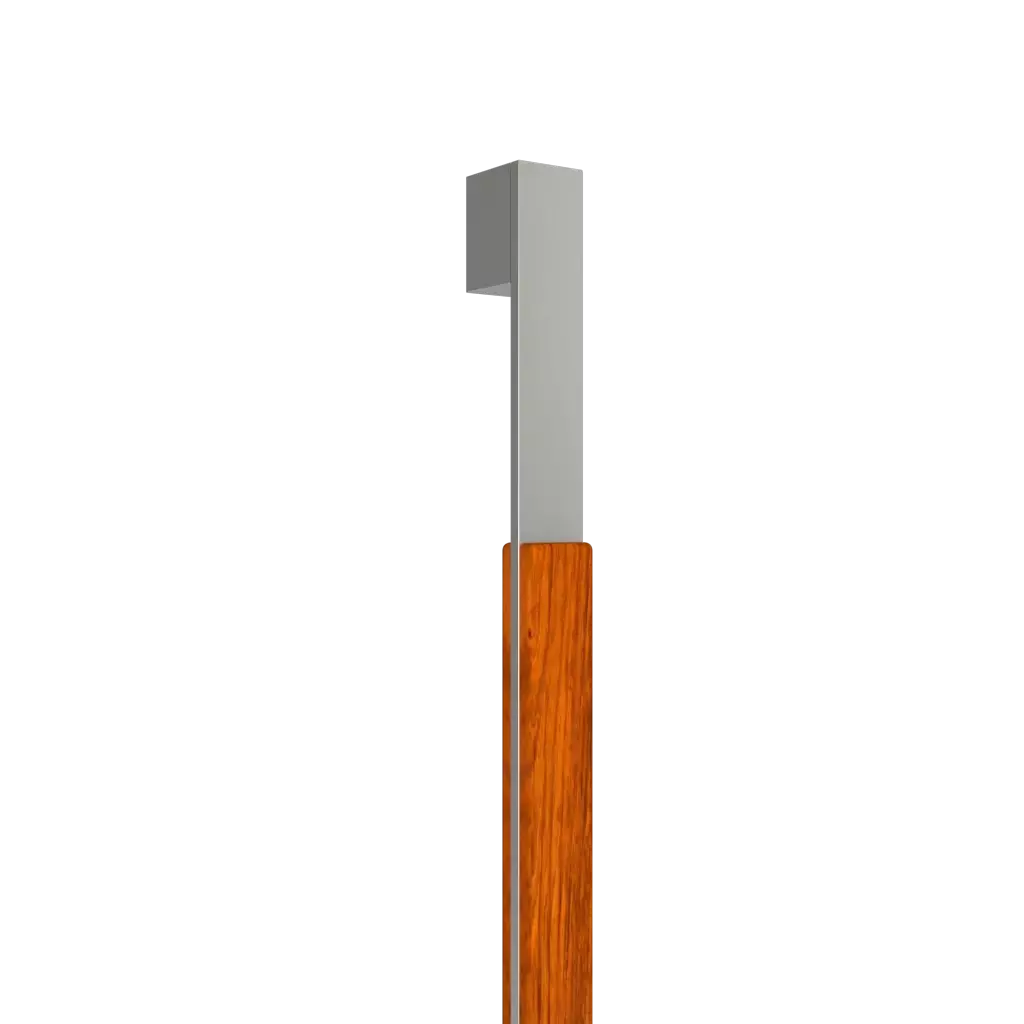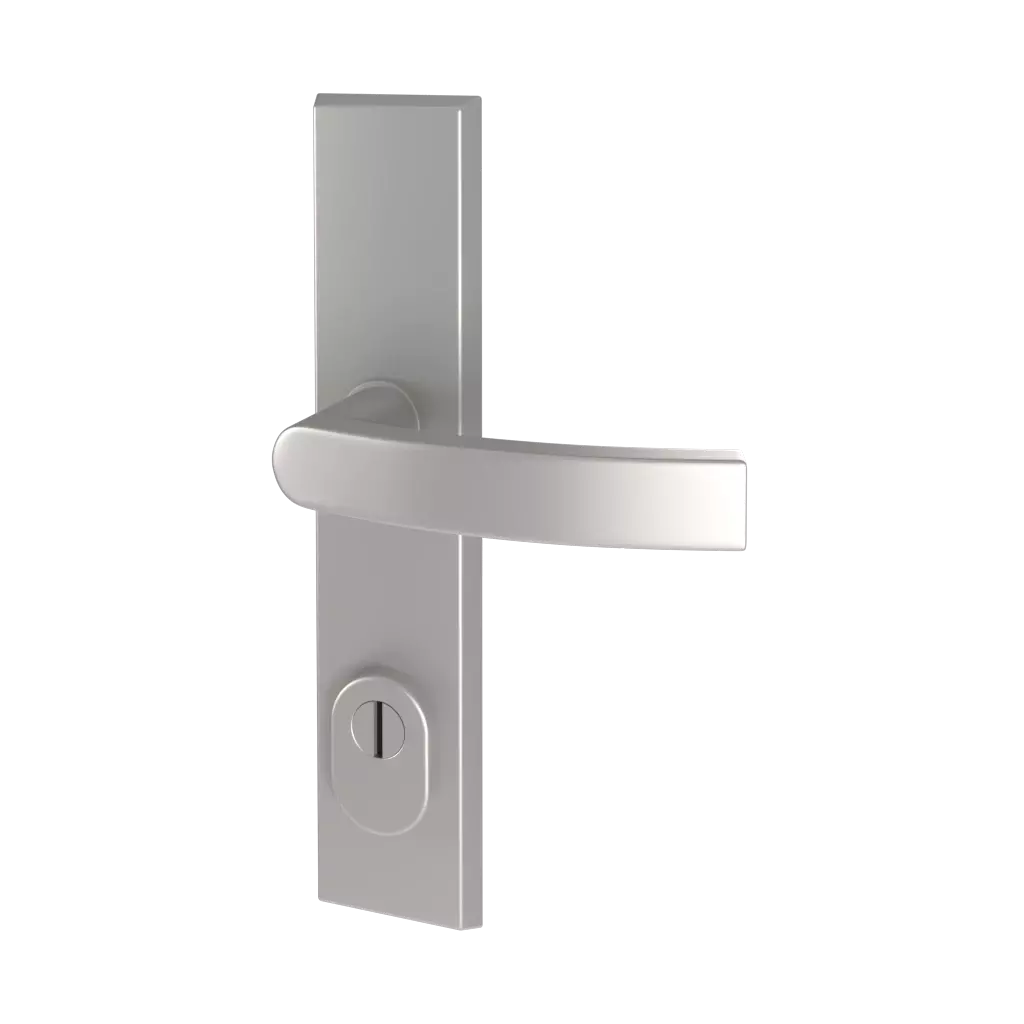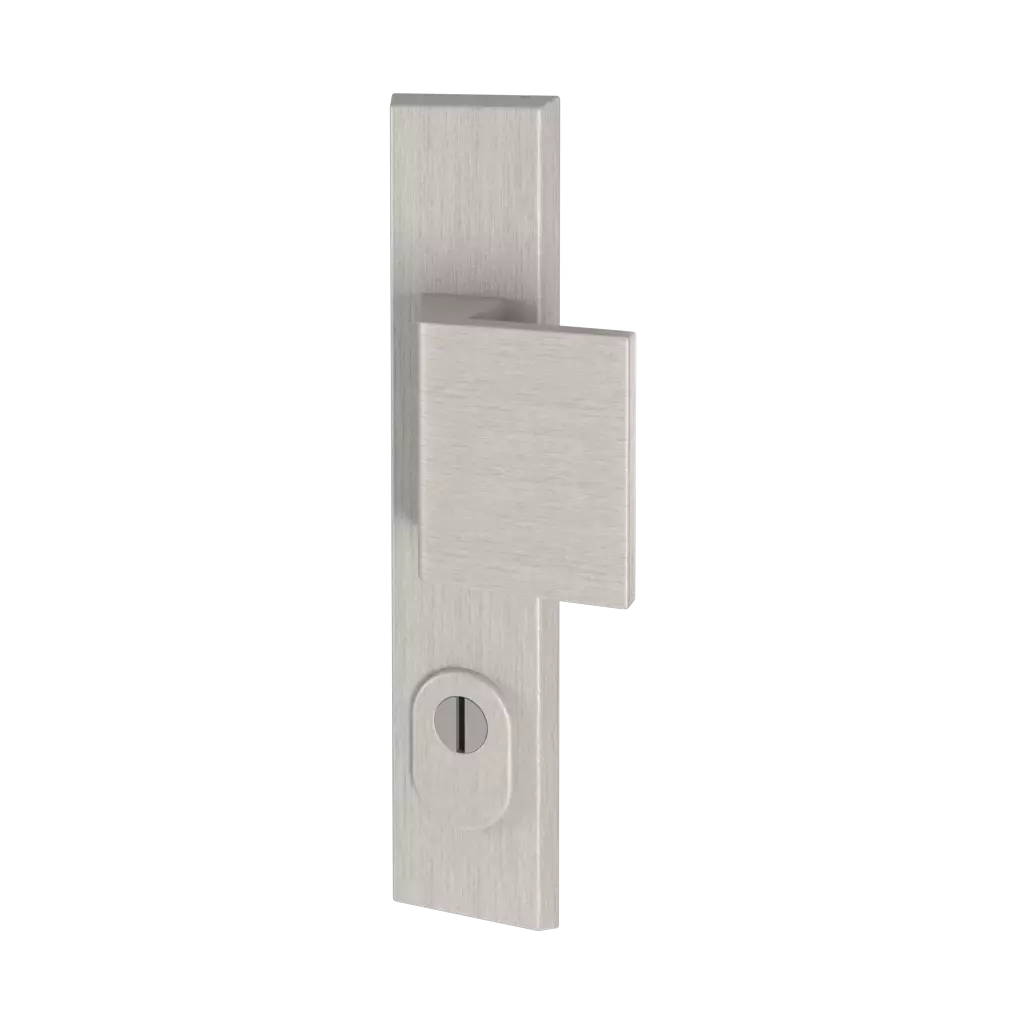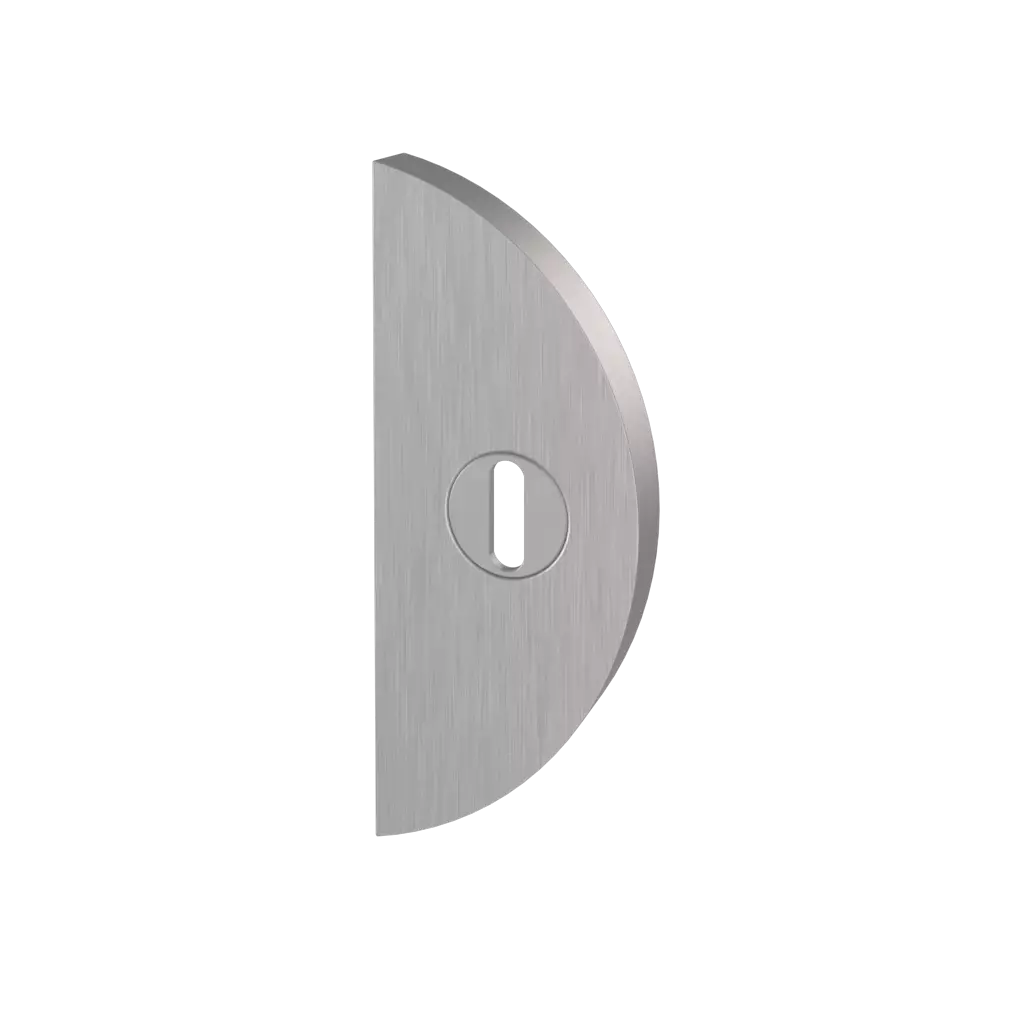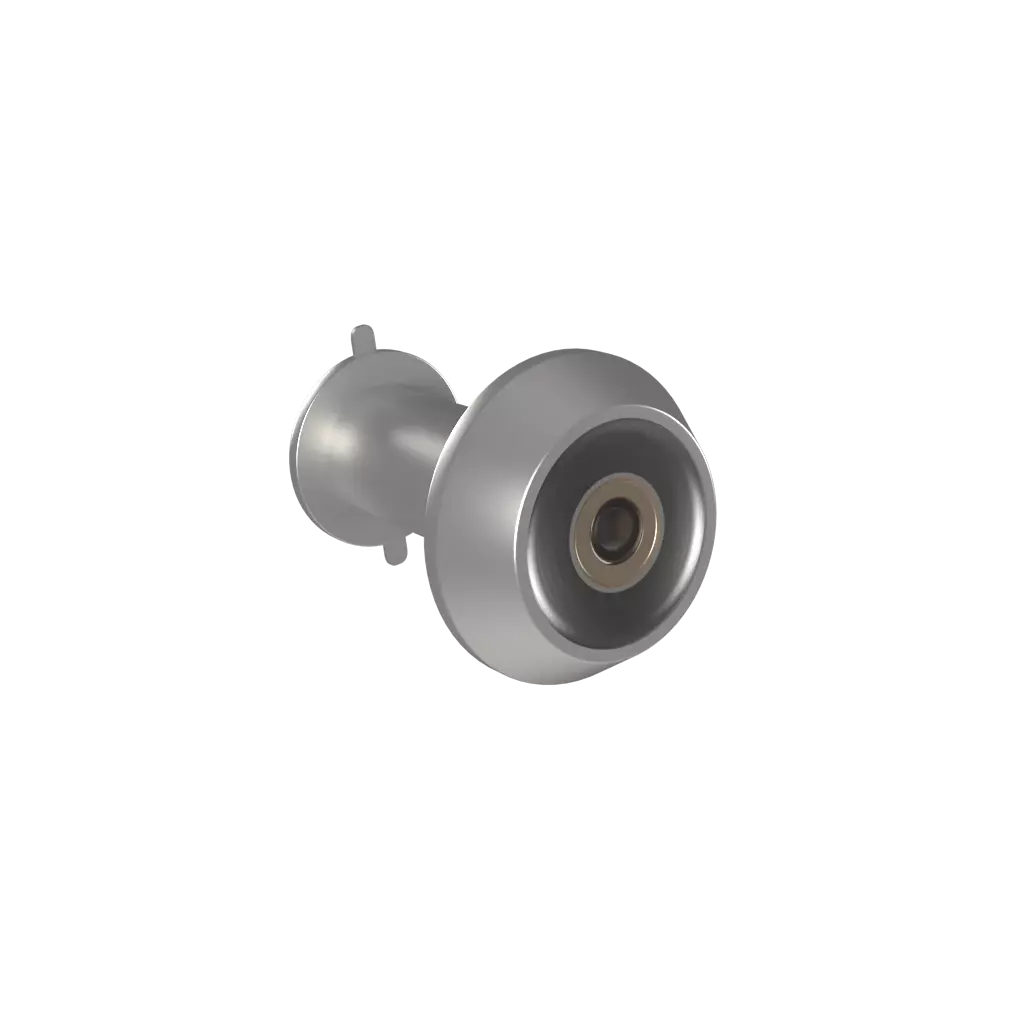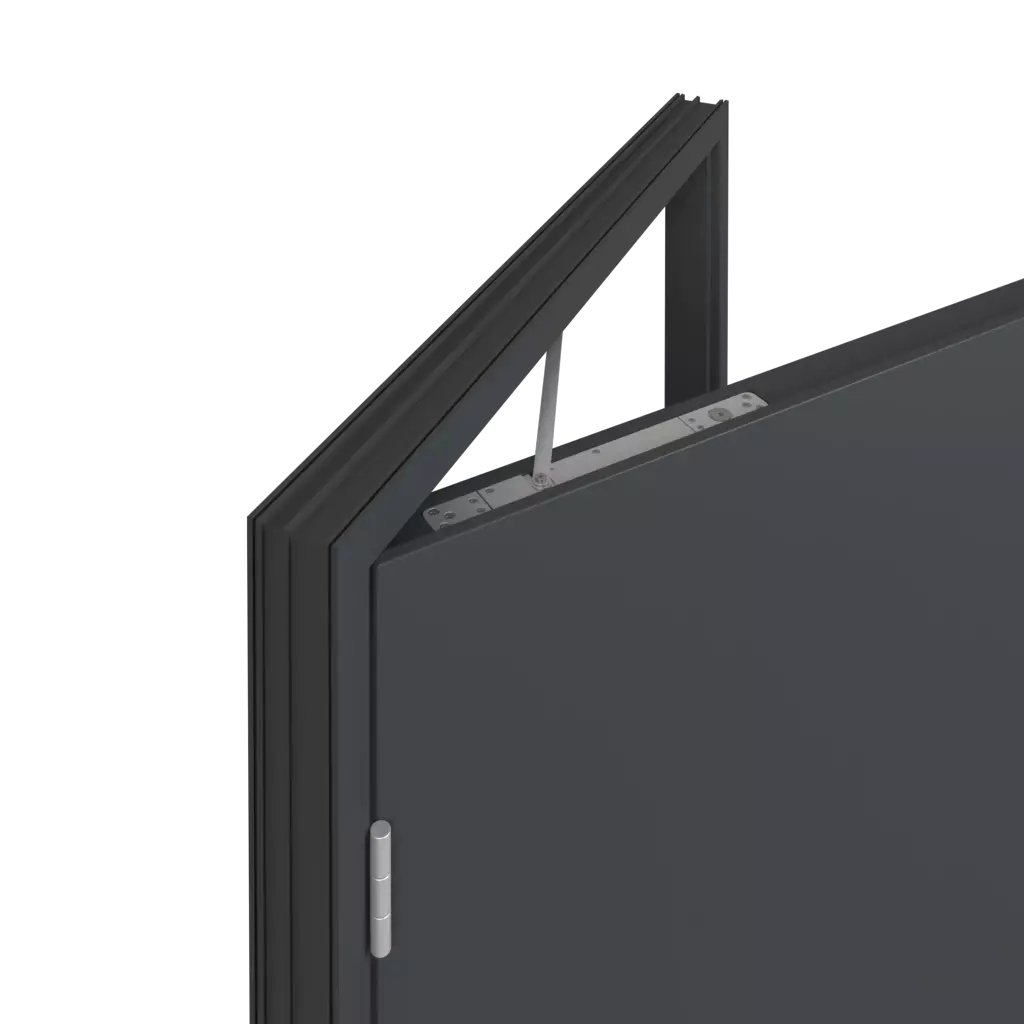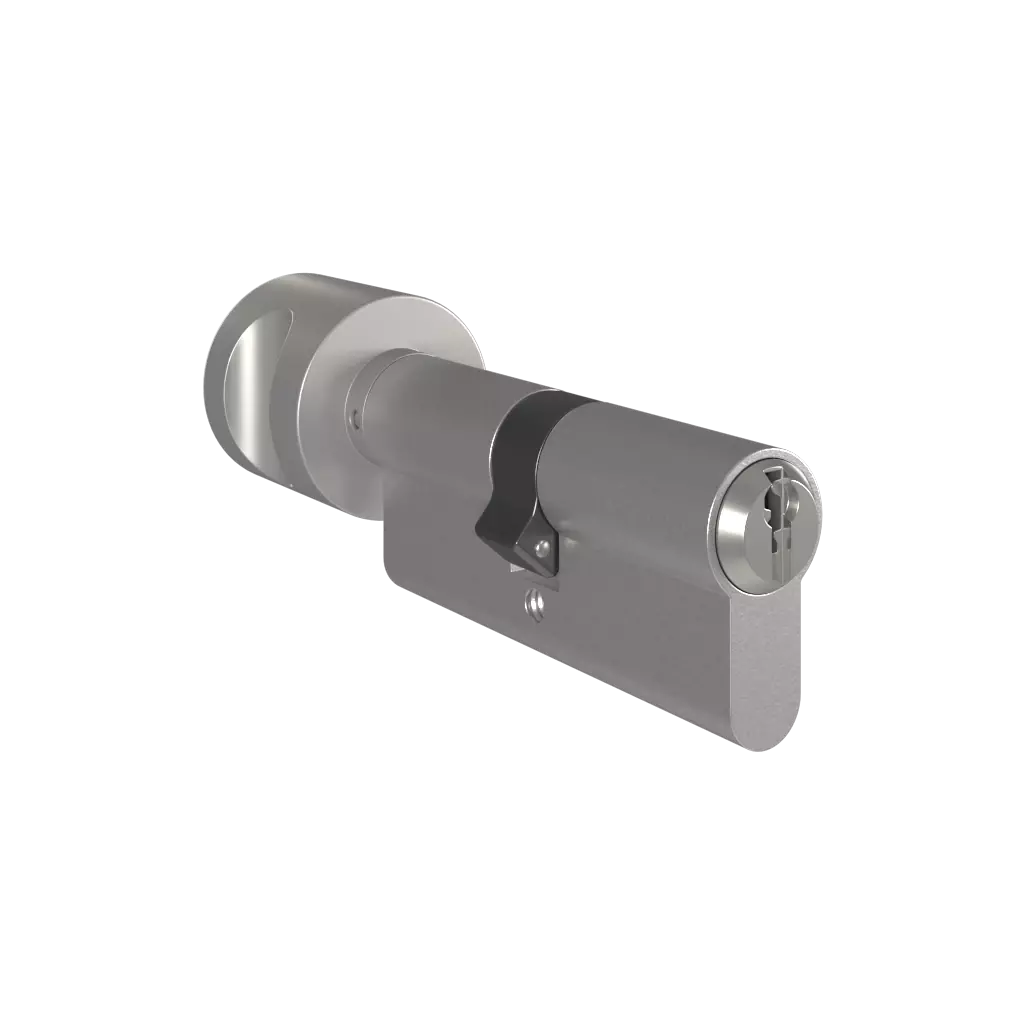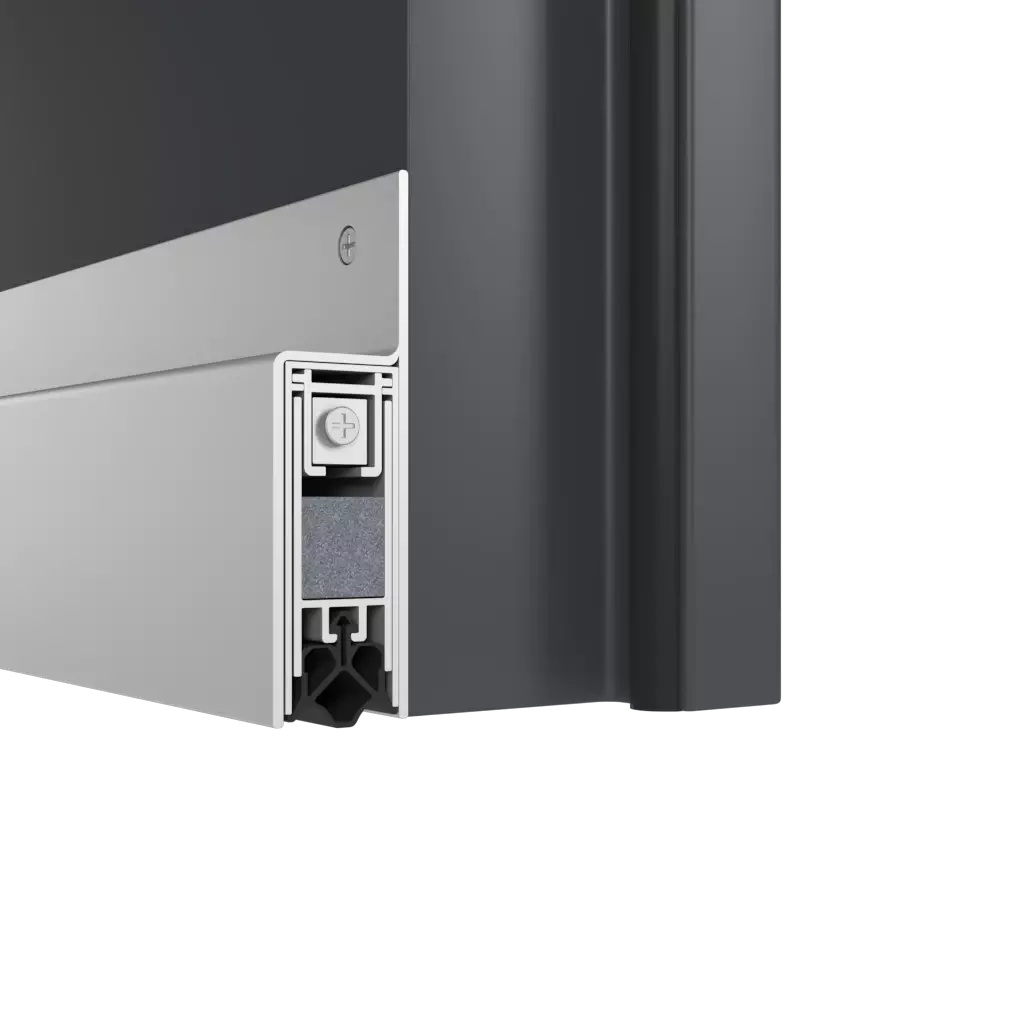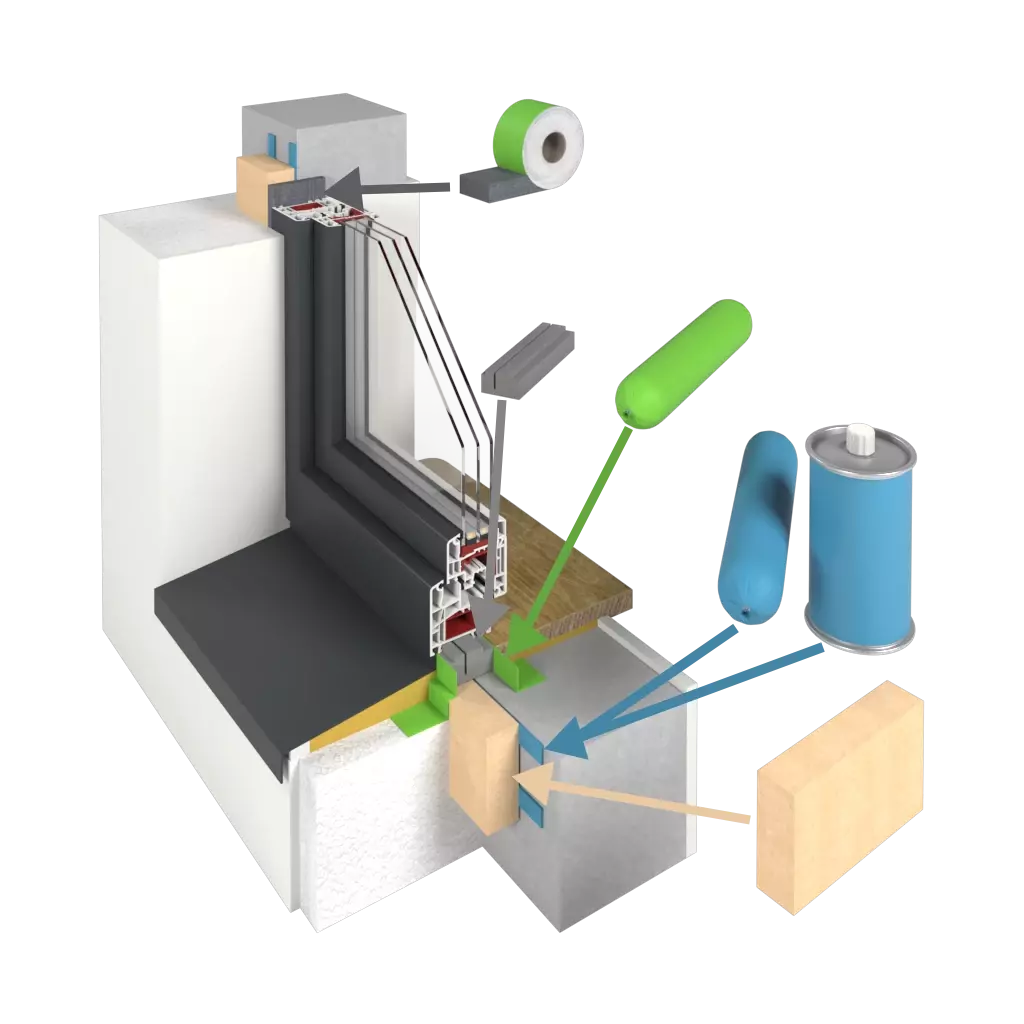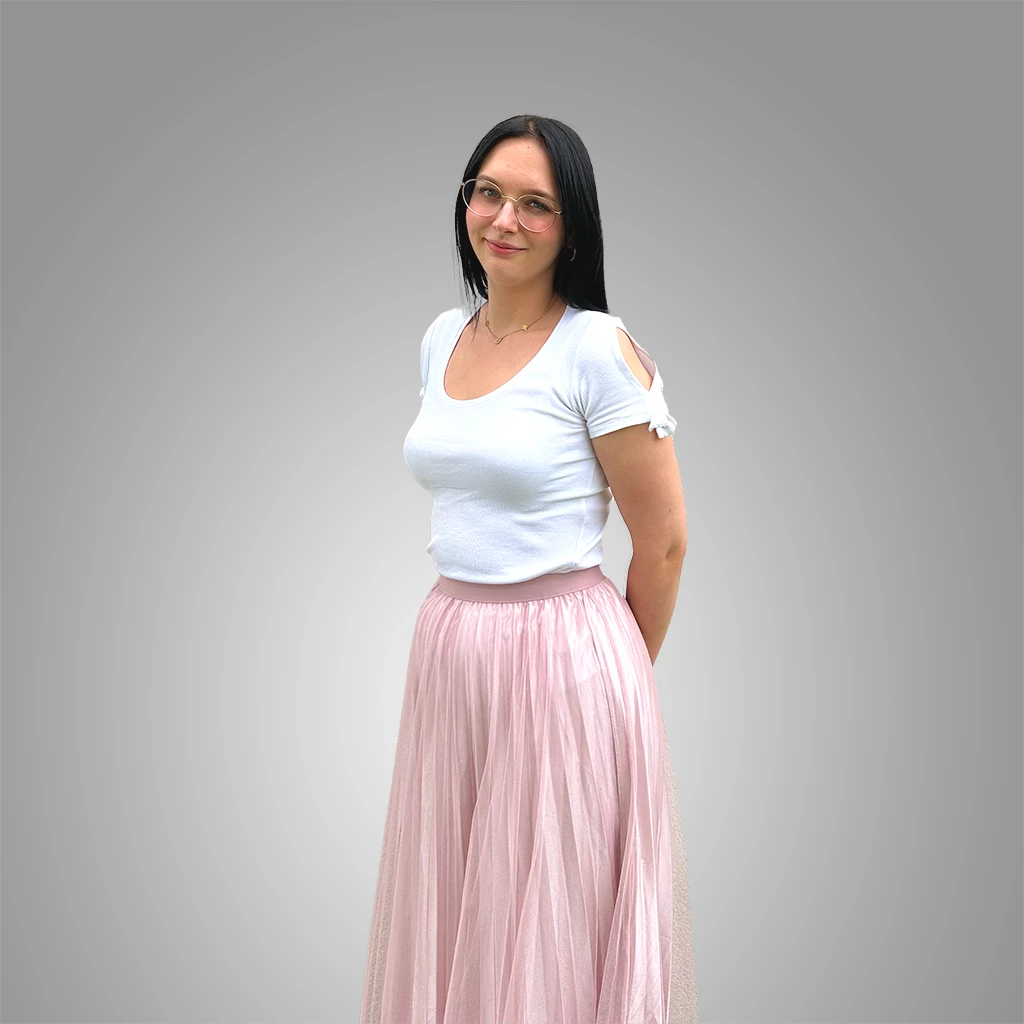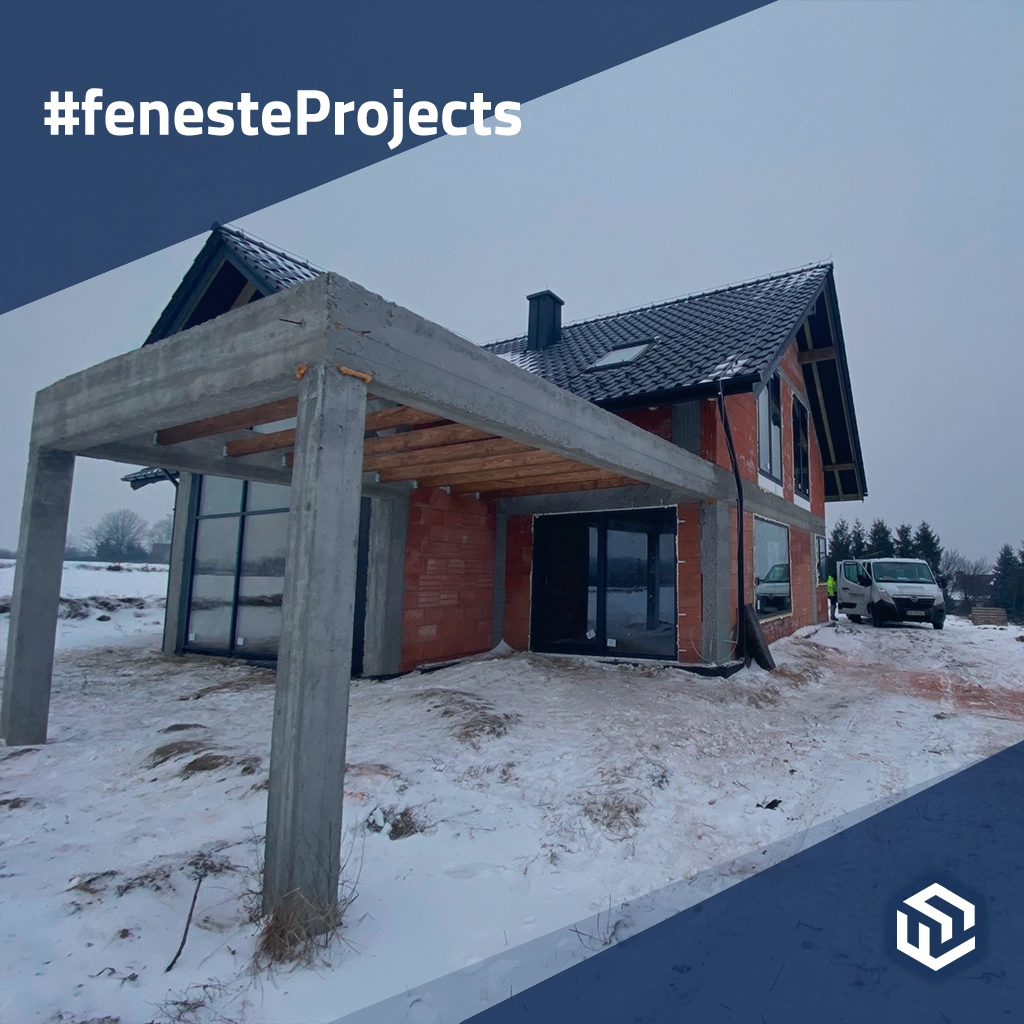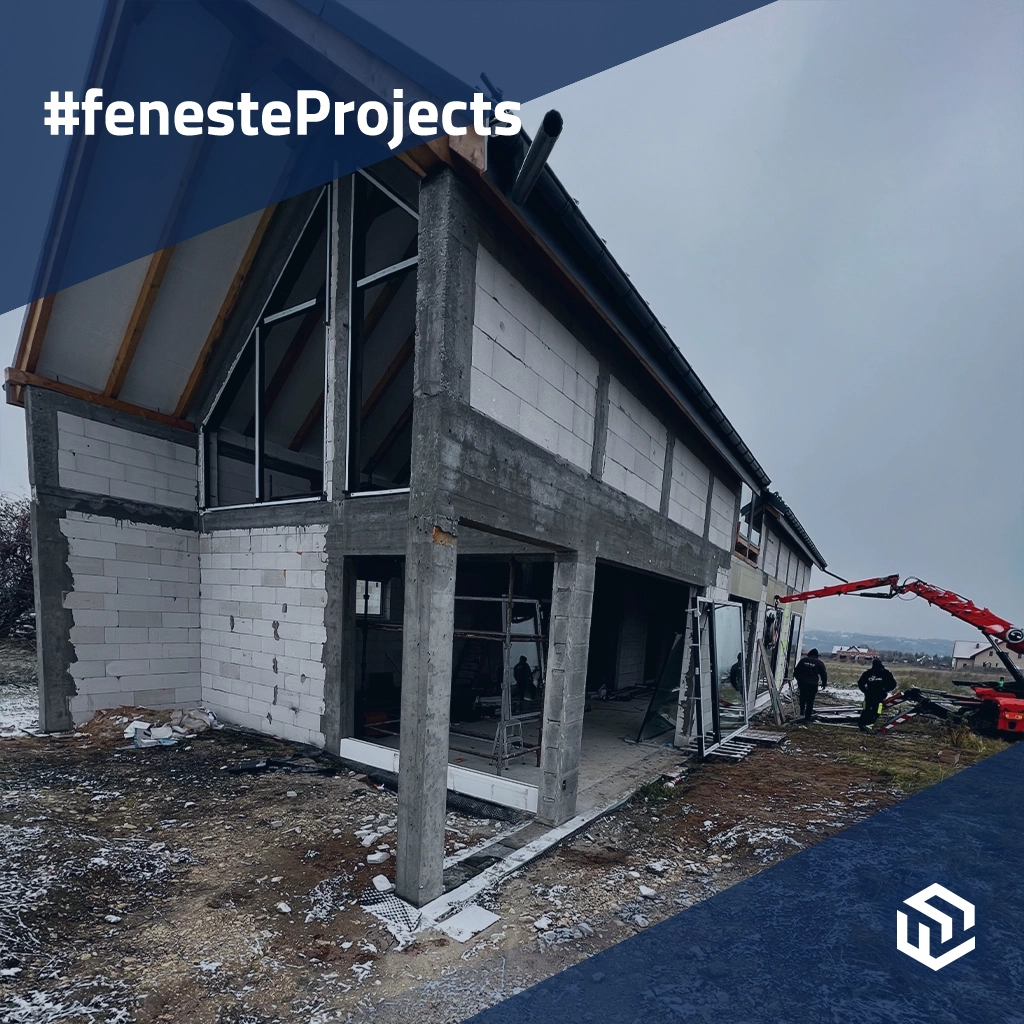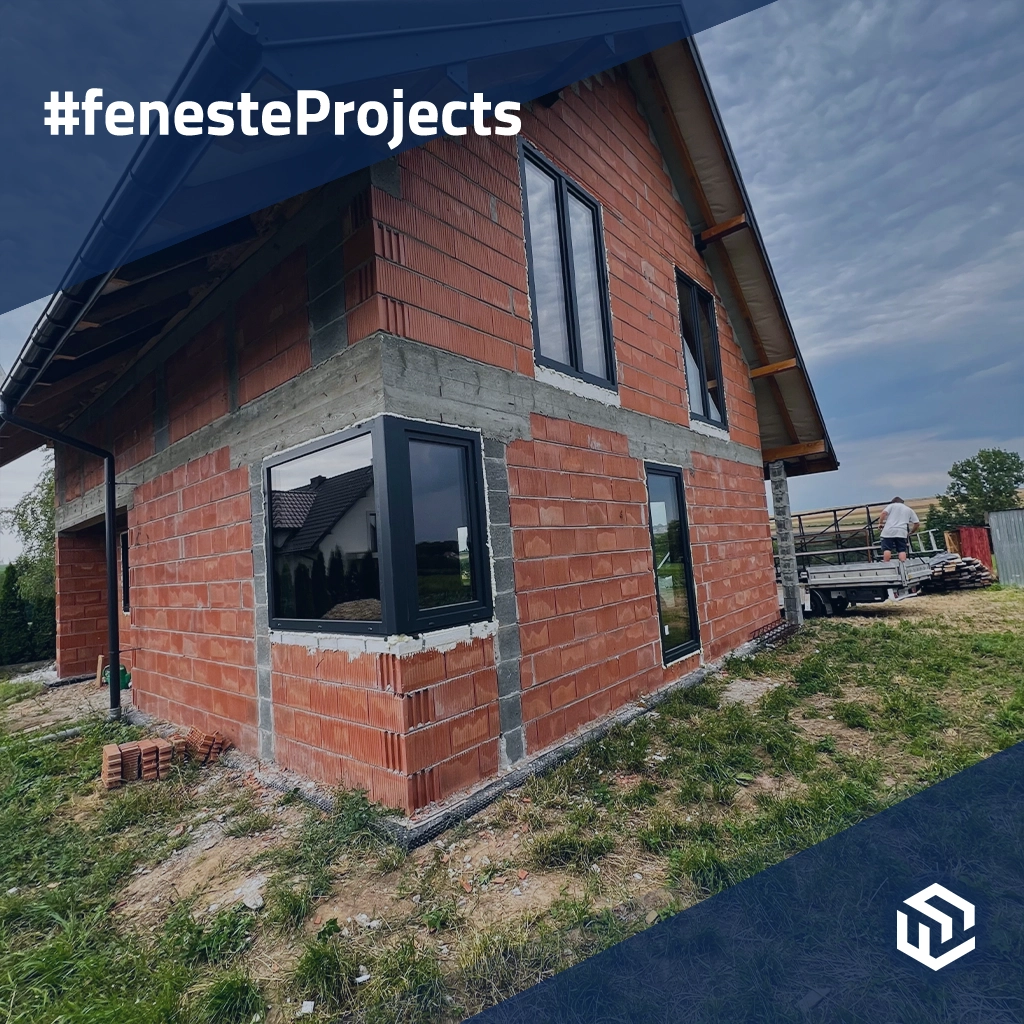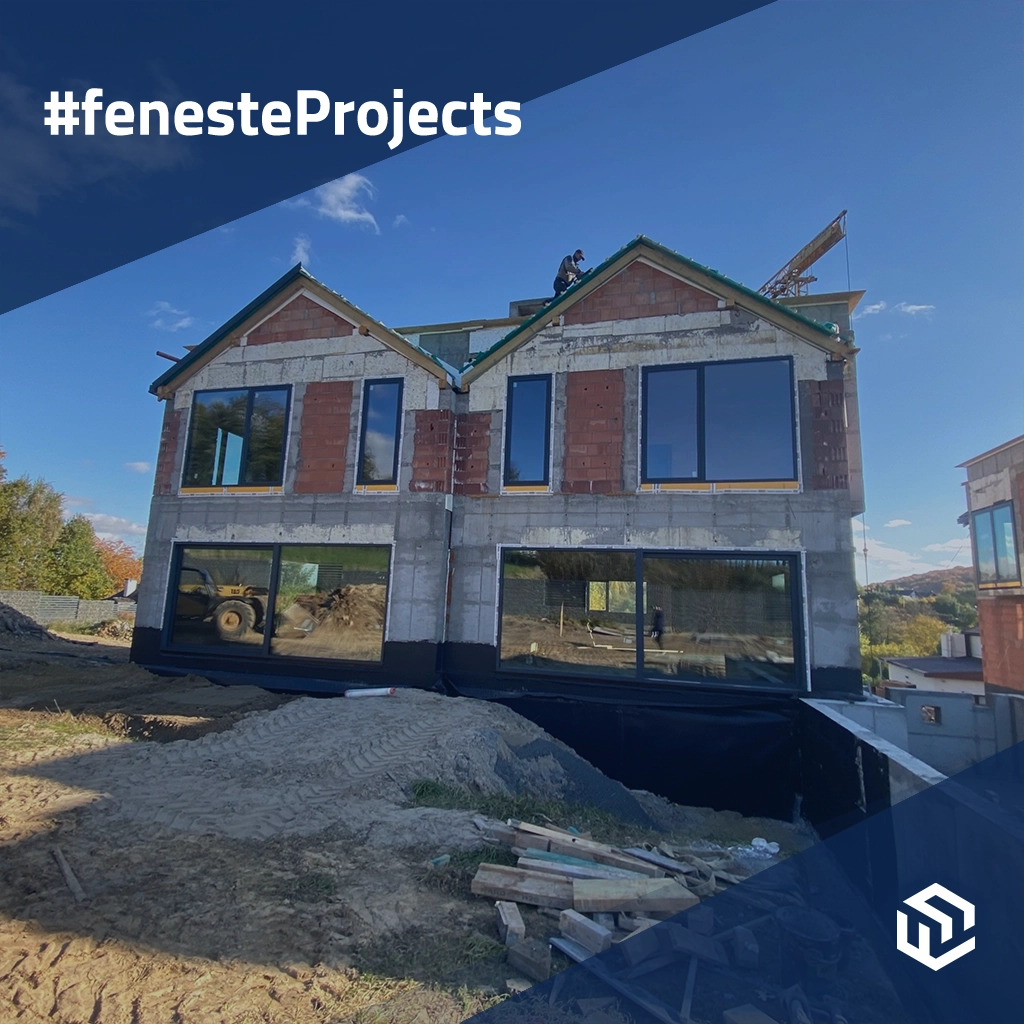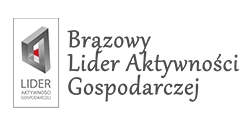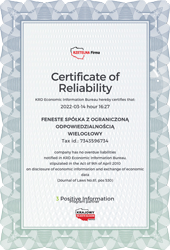For a passive house
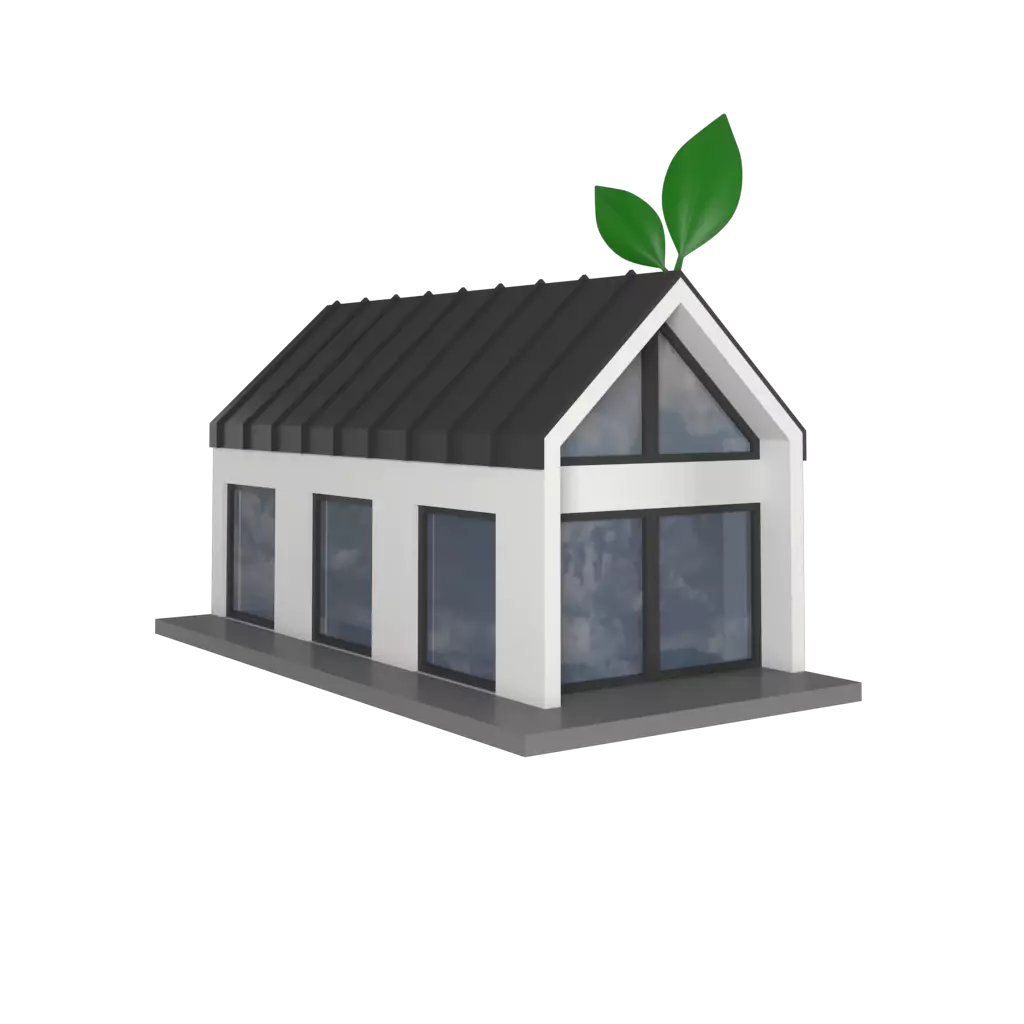
Dedicated PVC and aluminum profiles for passive house
Windows used in passive houses must meet high thermal insulation standards to minimize heat loss and ensure optimal thermal conditions inside the building. Important parameters of passive windows are Uw heat transfer coefficient and solar energy transfer coefficient.
Passive windows should have a very low Uw heat transfer coefficient, with a maximum of 0.8 W/(m²K). This is a parameter that determines the amount of heat that penetrates through 1 square meter of window at a temperature difference of 1 degree Celsius inside and outside the building.
In addition, triple-glazed window packages are recommended to achieve maximum energy efficiency. This further increases the thermal insulation of windows, which helps reduce heat loss and minimize the energy required to heat or cool a room.
Keeping in mind the needs of our customers who are looking for windows with the right heat transfer coefficient for special energy-saving projects, we have selected from our range of window profiles that meet these requirements.
3-pane glass packages
Triple-glazed packages are an excellent choice for passive houses, as they offer significantly higher thermal insulation compared to traditional double-glazed packages. As a result, they reduce energy losses by limiting heat transfer to the outside and retaining heat inside the building.
This effective thermal insulation translates into improved indoor comfort, ensuring stable temperature conditions inside the building throughout the year. In addition, the use of triple-glazing packages promotes sustainable energy use, which contributes to reducing energy consumption and lowering the cost of heating and cooling the building.
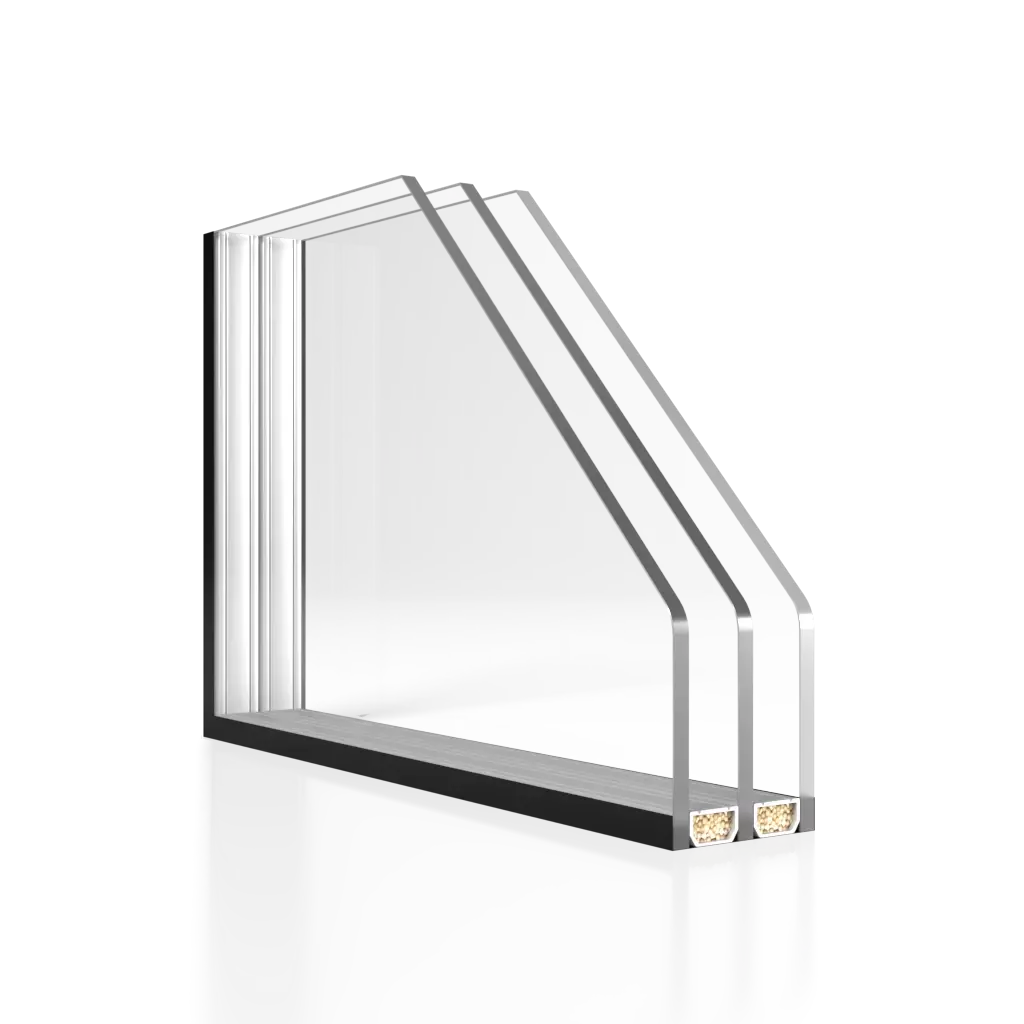
Glass 4mm+frame 12mm+glass 4mm+frame 12mm+glass 4mm (4/12/4/12/4)
More
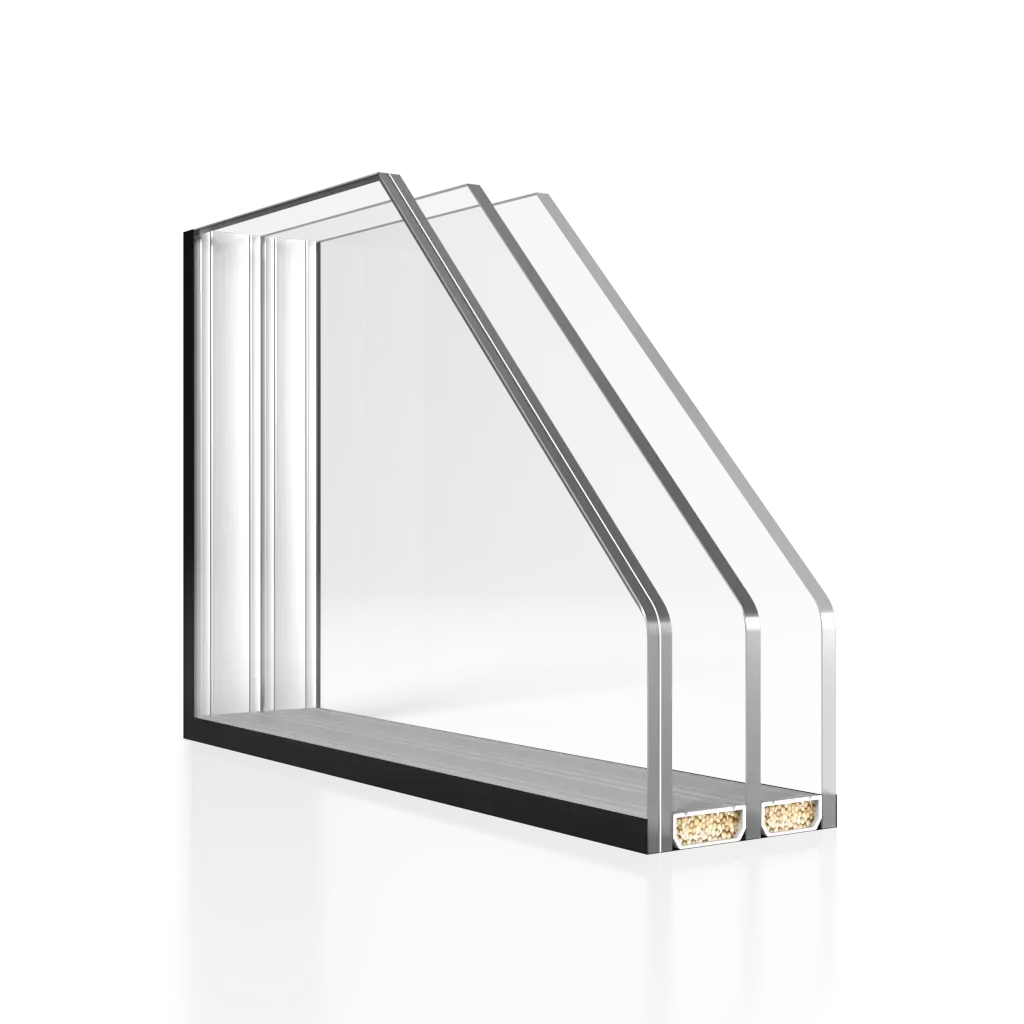
2 x 3mm glued glass+18mm frame+4mm glass+16mm frame+4mm glass (33.1/18/4/16/4)
More
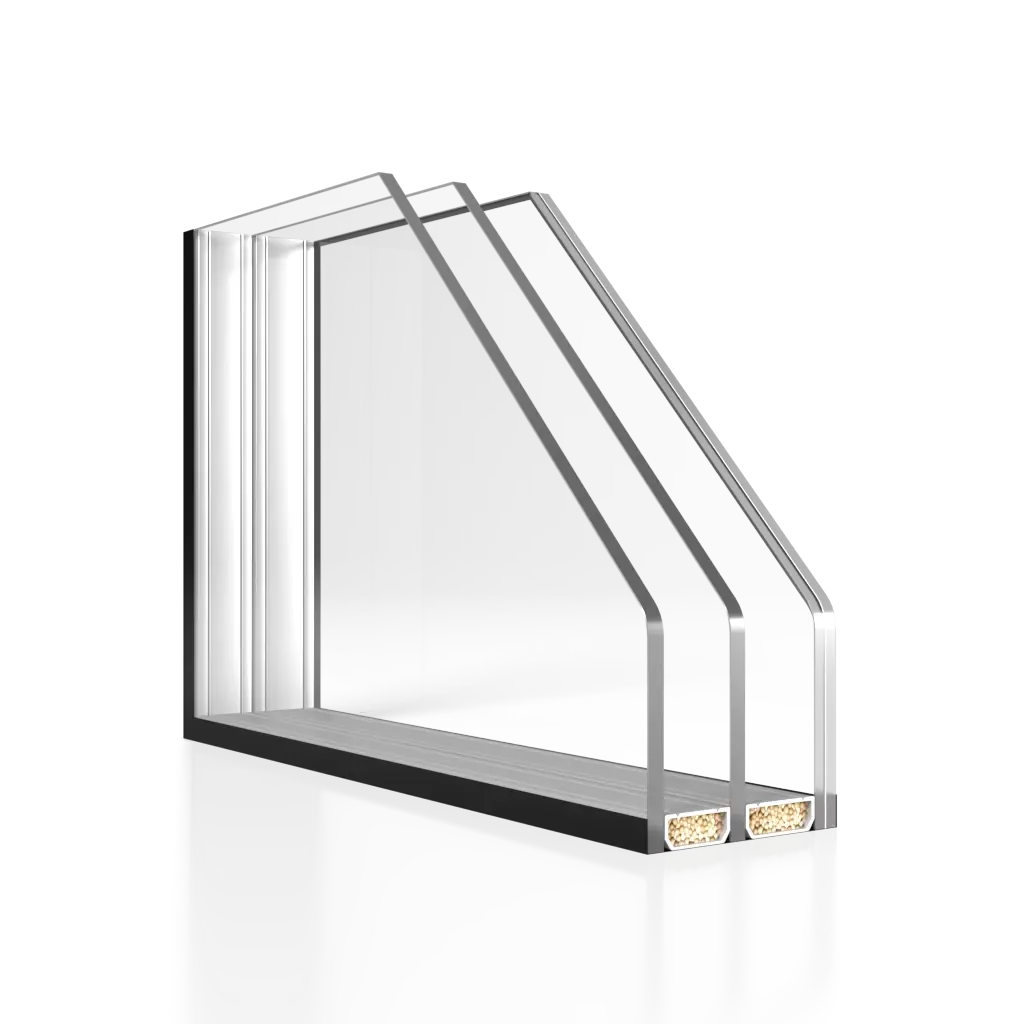
Glass 4mm+frame 16mm+glass 4mm+frame 18mm+2 x 3mm glued glass (4/16/4/18/33.1)
More
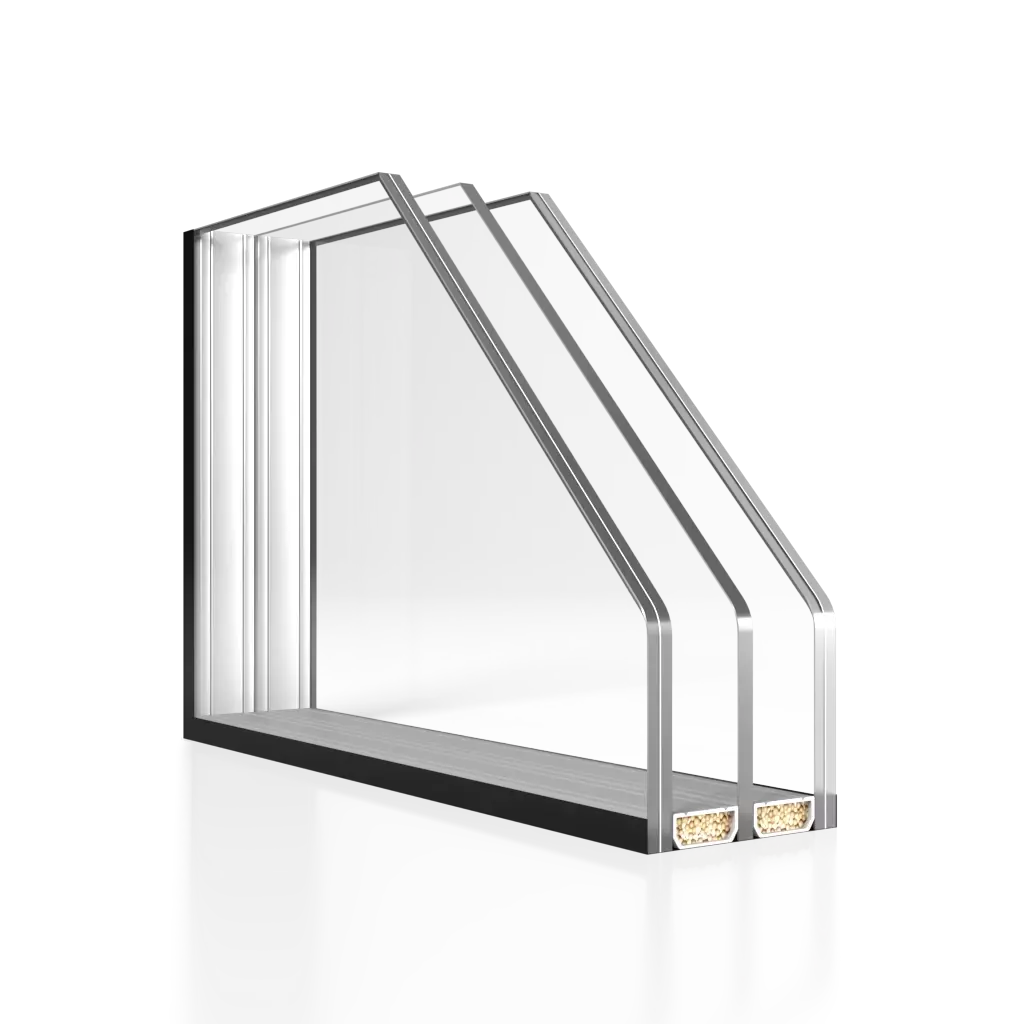
2 x 3mm glued glass+16mm frame+4mm glass+16mm frame+2 x 3mm glued glass (33.1/16/4/16/33.1)
More
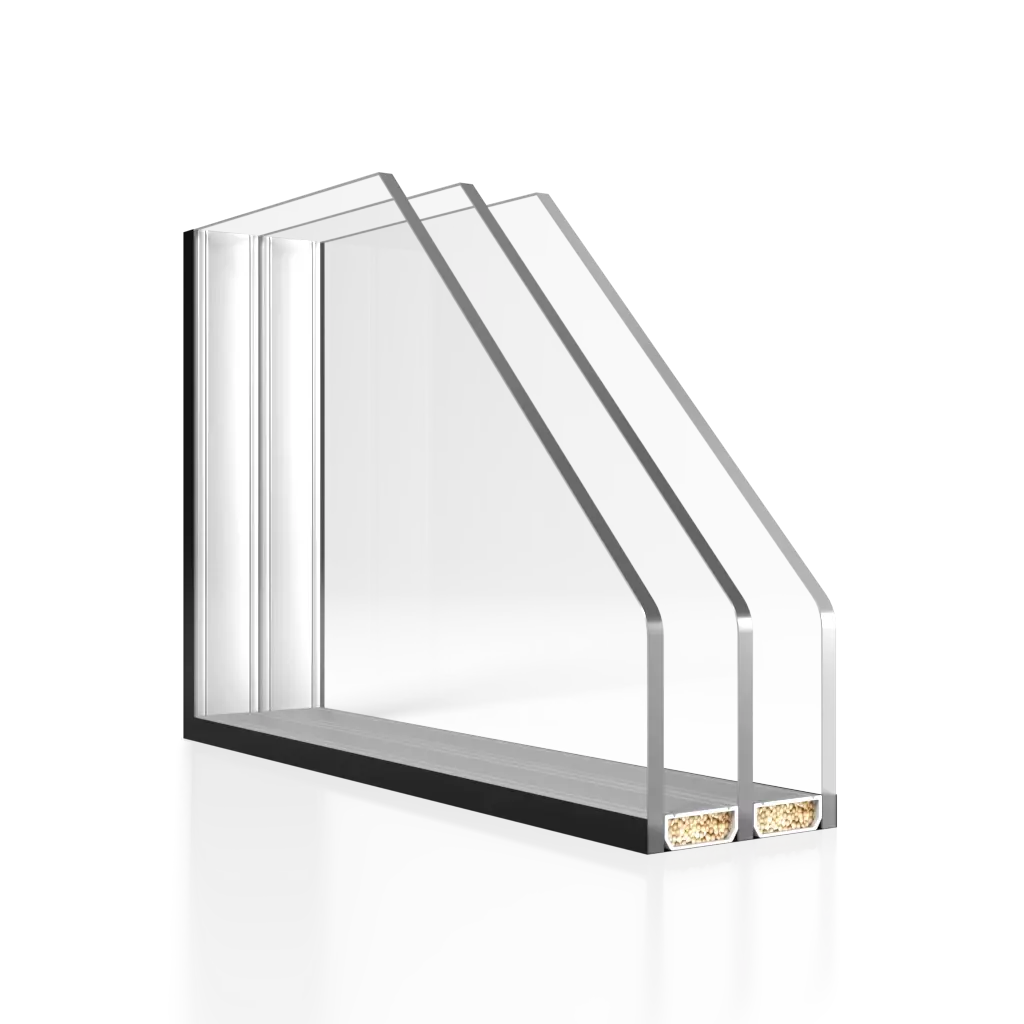
4mm glass + 18mm frame + 4mm glass + 18mm frame + 4mm glass (4/18/4/18/4)
More
Accessories to enhance building ergonomics
- Graduation of handle: By grading the handle, users can adjust the degree of window opening from 3 to 7 different positions. This is a particularly useful feature in rooms with excessive moisture. A sash tilted and locked at any degree of tilt is also protected against accidental slamming by a draft.
Window Diffusers: Diffusers allow you to control indoor air flow. By providing a constant supply of fresh air, diffusers contribute to maintaining a healthy and comfortable indoor environment. They also improve the air quality in the home by removing pollutants, moisture and excess carbon dioxide. As a result, residents can enjoy better well-being and greater efficiency in daily activities.
Micro-ventilation: micro-ventilation in windows allows controlled airflow even when the windows are closed. This system allows for constant air circulation, which eliminates the effects of a too humid or too dry indoor atmosphere. This provides a comfortable environment for residents and helps maintain adequate humidity, which can be especially important for those suffering from allergies or respiratory problems.
Insulation (Klinaryt): Thermal insulation, such as Klinaryt installed at the window frame, plays a key role in ensuring optimal temperatures inside the house. Good insulation protects against heat loss in winter and excessive heat gain in summer. As a result, residents can enjoy stable temperature conditions throughout the year, which has a positive impact on their comfort and convenience.
Essential accessories for windows
Handles are an integral part of any window, allowing the sash to be opened and closed. It's worth choosing handles equipped with locking mechanisms for added security. Different types of handles are available to suit different styles and aesthetic preferences.
Sills are an important part of the interior finish and protect the window from dirt. They can be made of various materials, such as wood, natural stone or PVC. Window sills are available in a variety of colors and patterns to match the decor of the room.
The balcony latch is a component that allows the window to be closed stably while allowing it to be tilted. This is an important safety feature, especially for windows on the first floor or high floors that lead to a balcony.
The second handle on the movable mullion is used for windows that open inward. This is an additional element that allows easy opening and closing of the window sash, which increases the convenience of use.
Entry doors for an economical home
Aluminum doors are an excellent option for a passive house for several reasons. First of all, aluminum is a material of high strength and structural stability, which makes it possible to build solid doors that are durable and weatherproof.
In addition, modern technologies allow aluminum doors to be equipped with thermal intermittent bridges that reduce heat transfer and improve thermal insulation, which is crucial for a passive house. These properties make aluminum doors an effective solution for passive houses, providing both durability and high energy efficiency.
With our customers in mind, and with concern for their comfort and the energy efficiency of their homes, we have selected aluminum door models that fit perfectly with the principles of passive building.
Essential door accessories
- A pull handle, also known as a handle, is a component usually located on the outside of a door. It is used for opening and closing, just like a handle. However, the pull handle is usually more decorative and can be made of different materials, such as metal or wood. Pull handles are also available in different shapes and designs, allowing them to match the style of the building.
- A handle is a component located on the door leaf that is used to open and close the door. This is a frequently used component that can be rotated around an axis to allow the sash to open or close. Handles are available in a variety of shapes, sizes and styles to suit individual aesthetic and functional preferences.
- Door knobs are an alternative to handles, used in interior doors, especially in doors to rooms, bathrooms or closets. In single-family homes, door knobs can add a unique look and are available in a variety of styles, from classic to modern. Door knobs with built-in locks are popular for bathroom or bedroom doors, providing privacy. Door knobs with a rotary mechanism can also be used on exterior doors, although less frequently than handles.
- Escutcheons mounted around the lock are a component that masks where the lock is attached to the door. They can also protect the door from damage from opening and closing, as well as from unwanted access to the lock mechanism. Escutcheons are used in single-family homes on both exterior and interior doors, especially where the lock is visible. They are available in a variety of styles, from simple and minimalist to more decorative, matching the aesthetics of the door and the overall design of the house.
